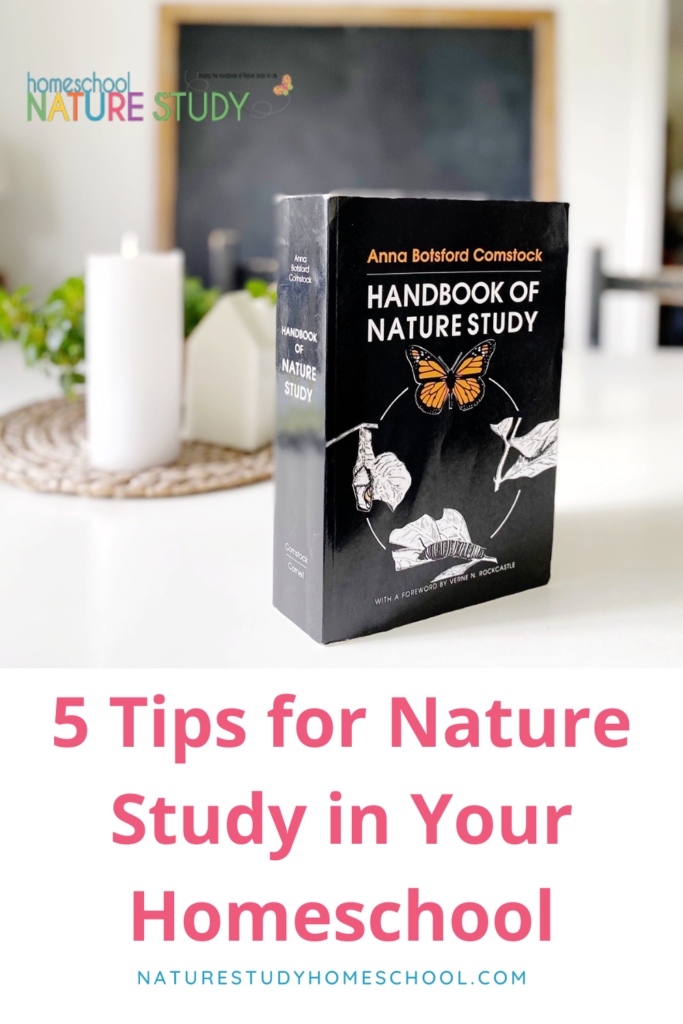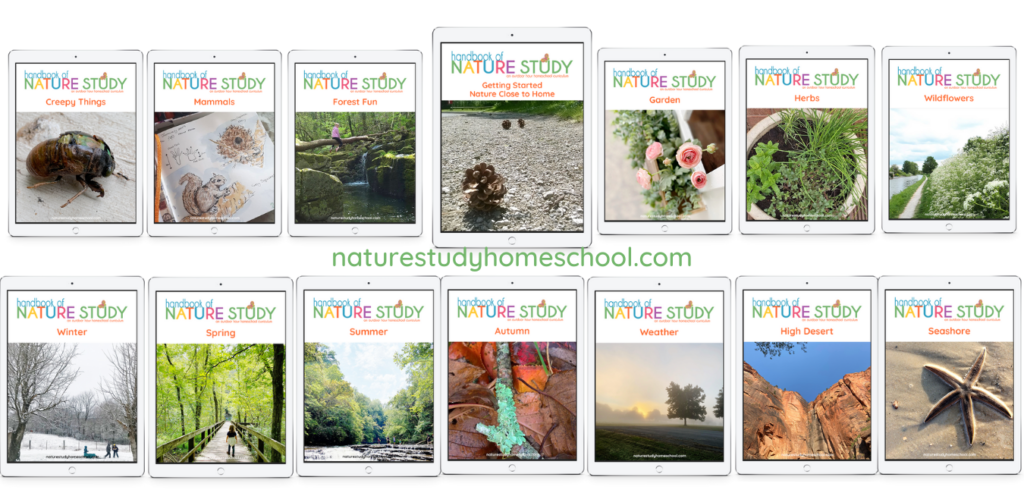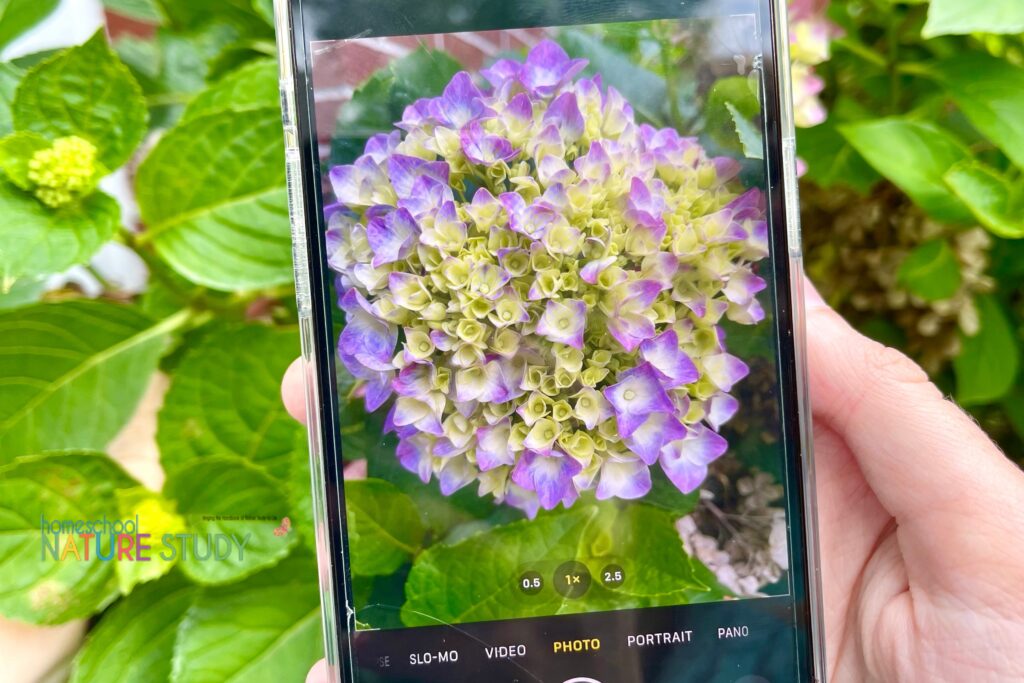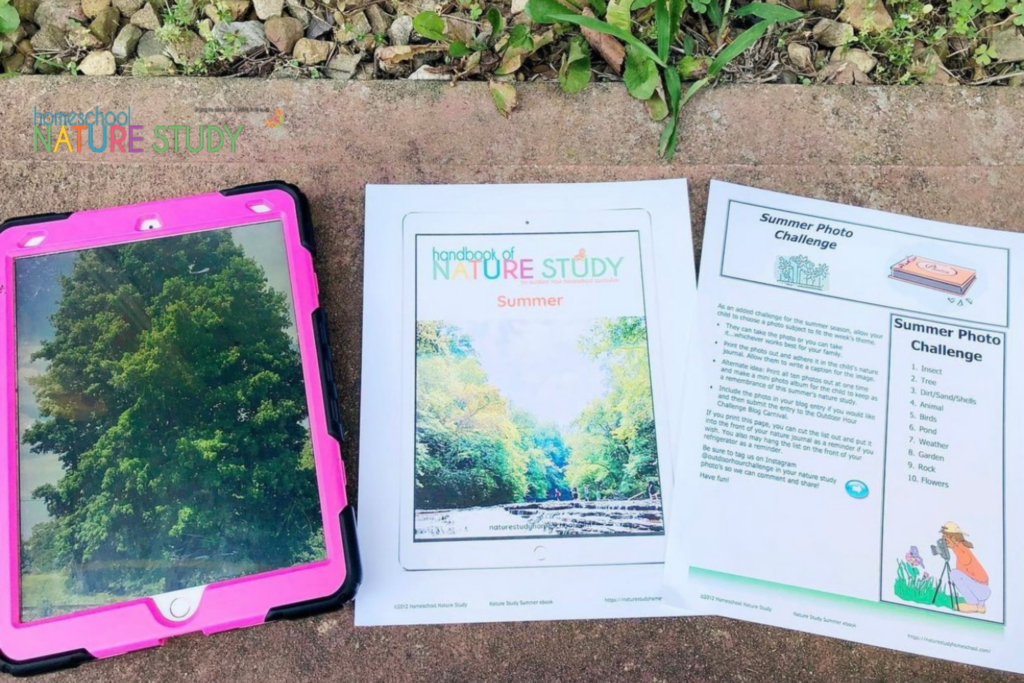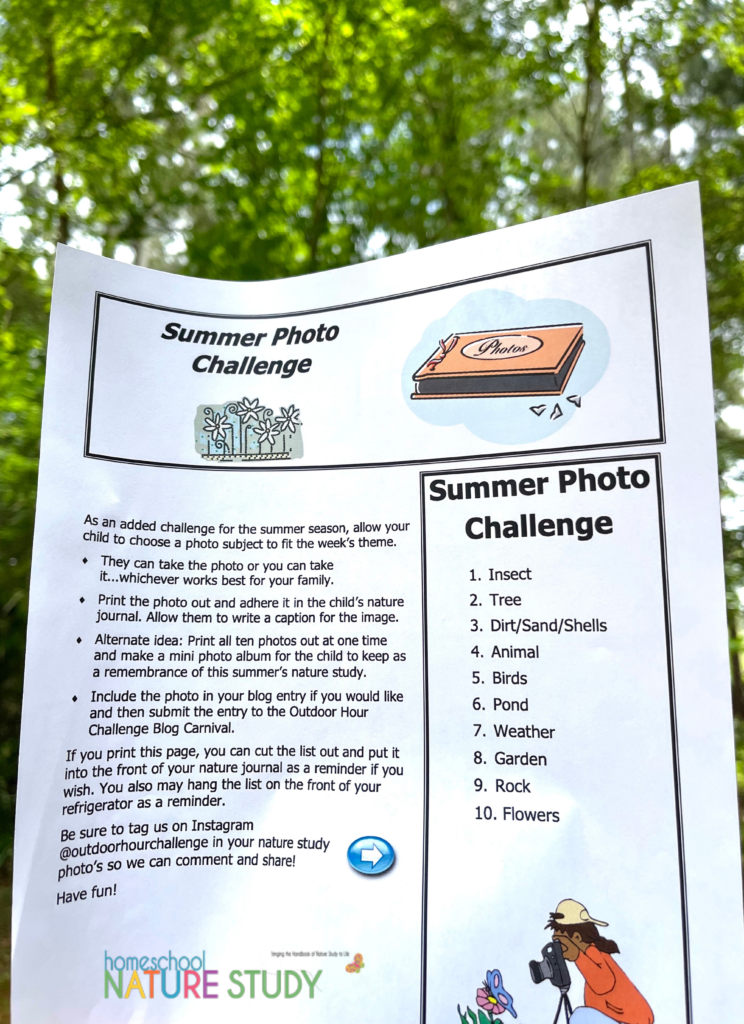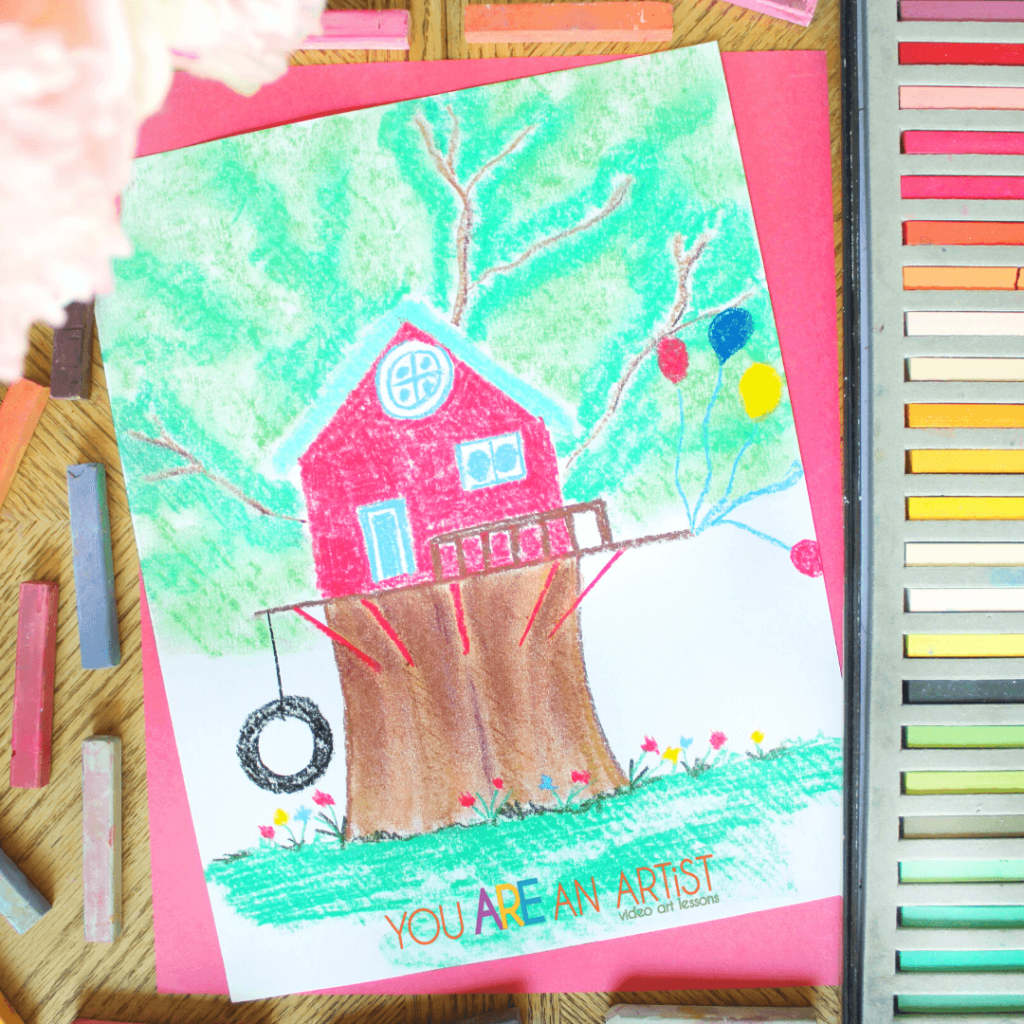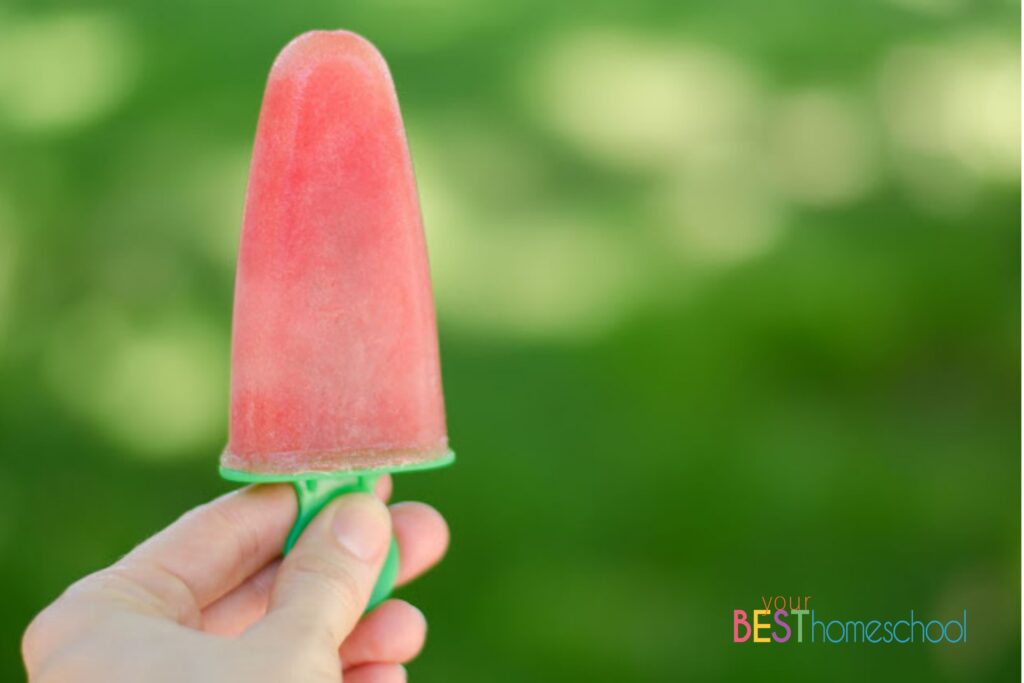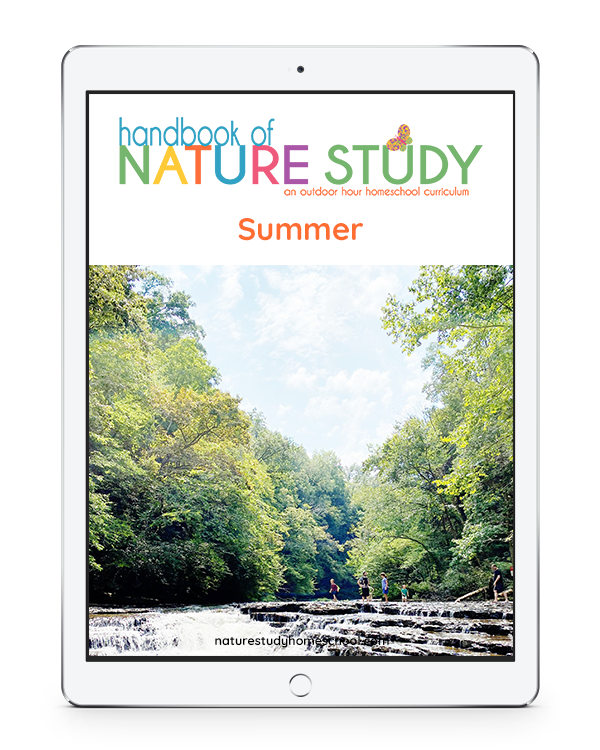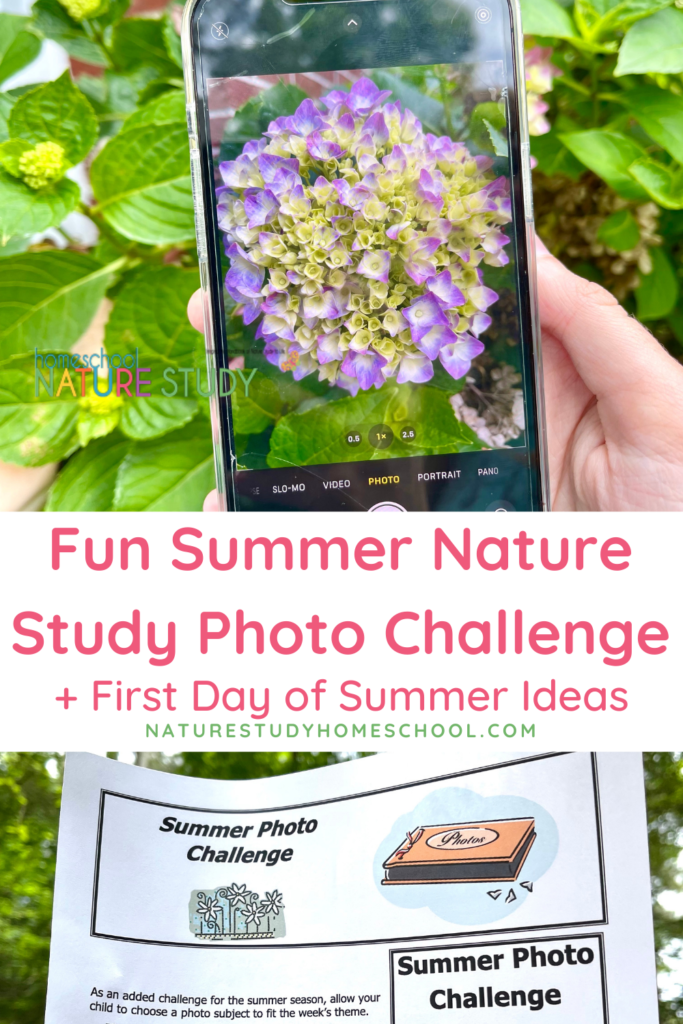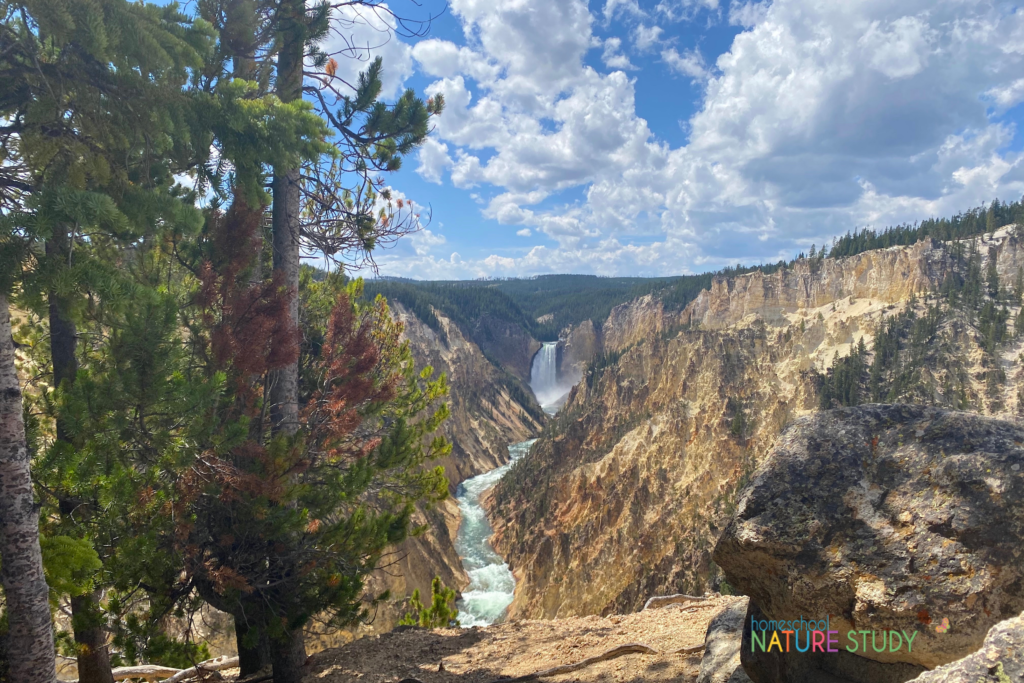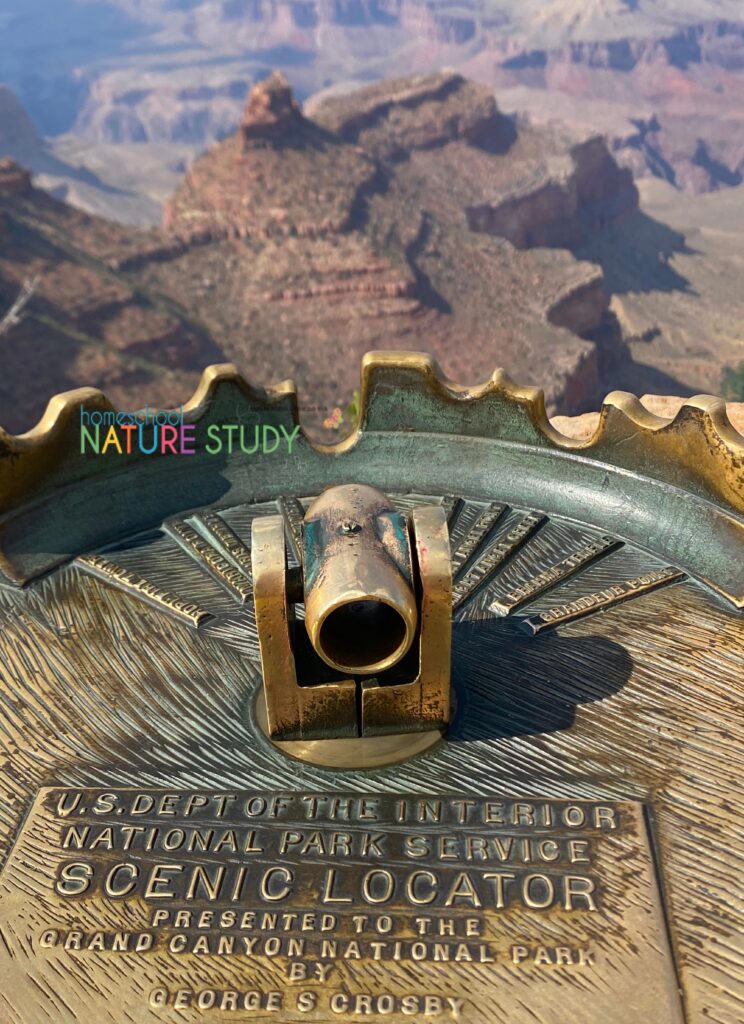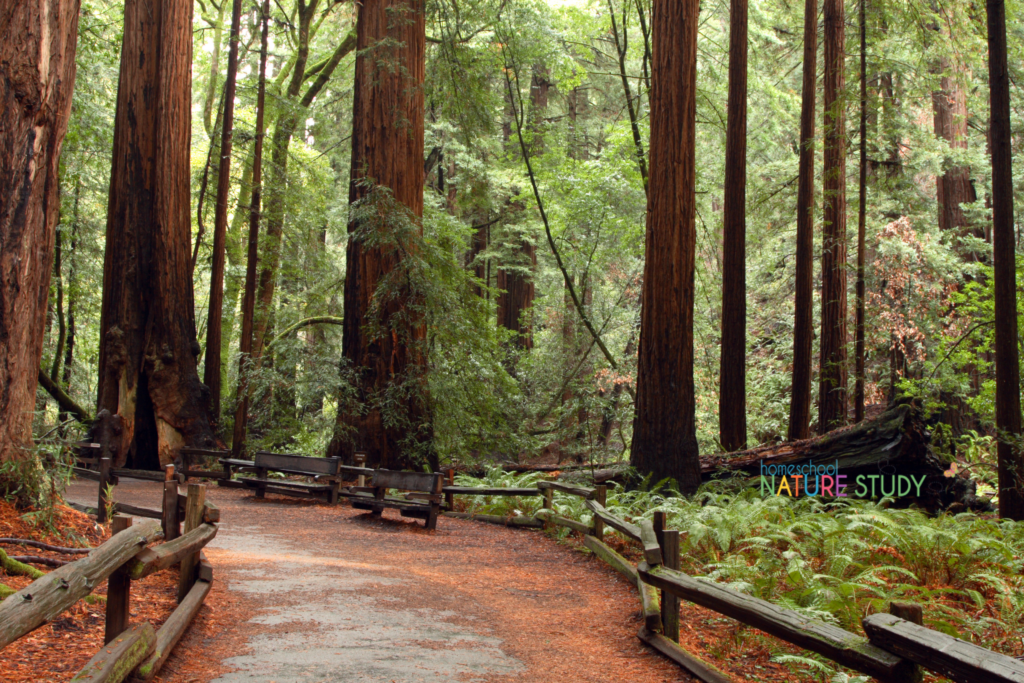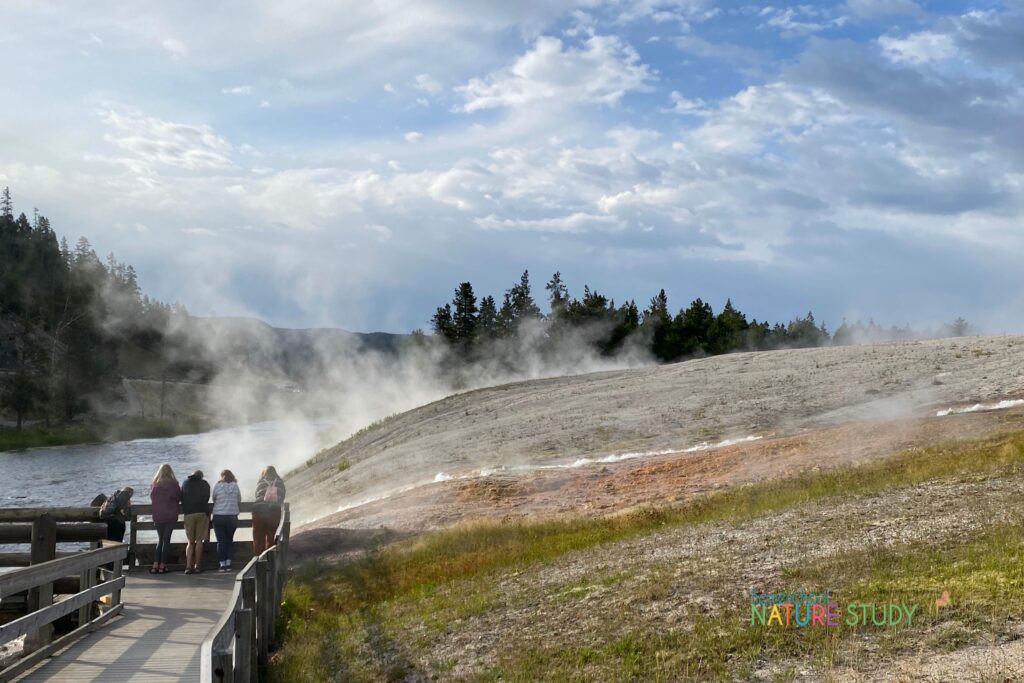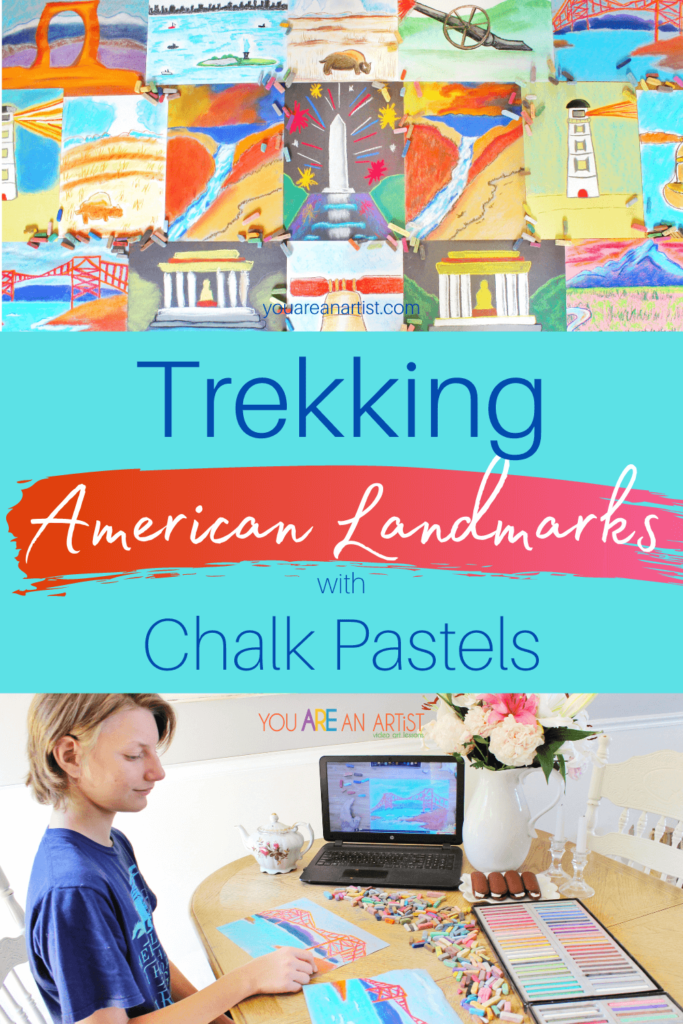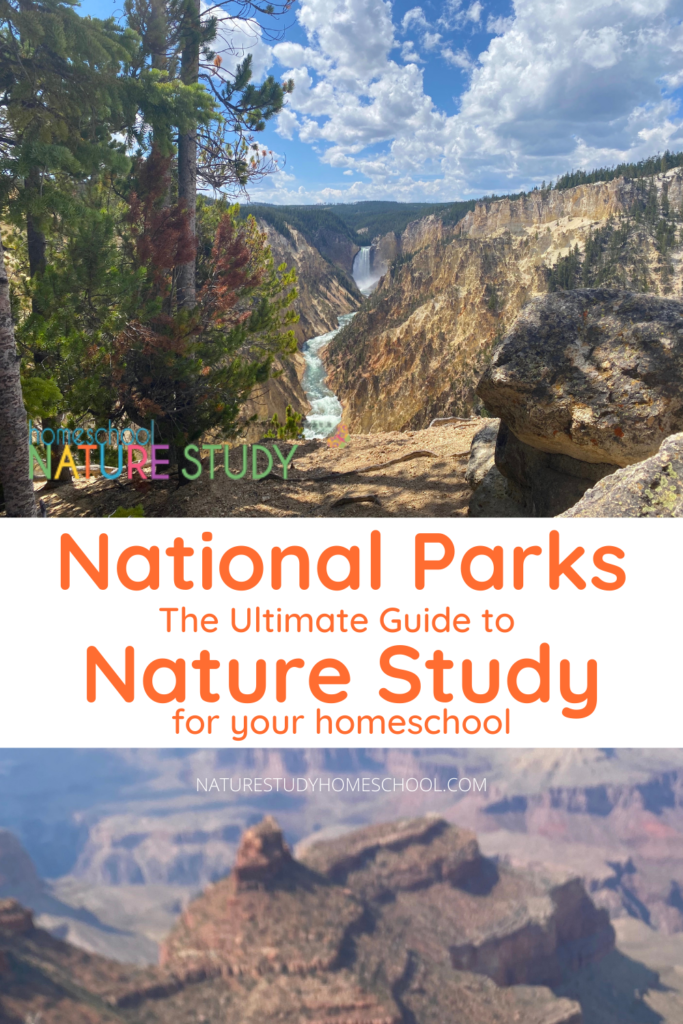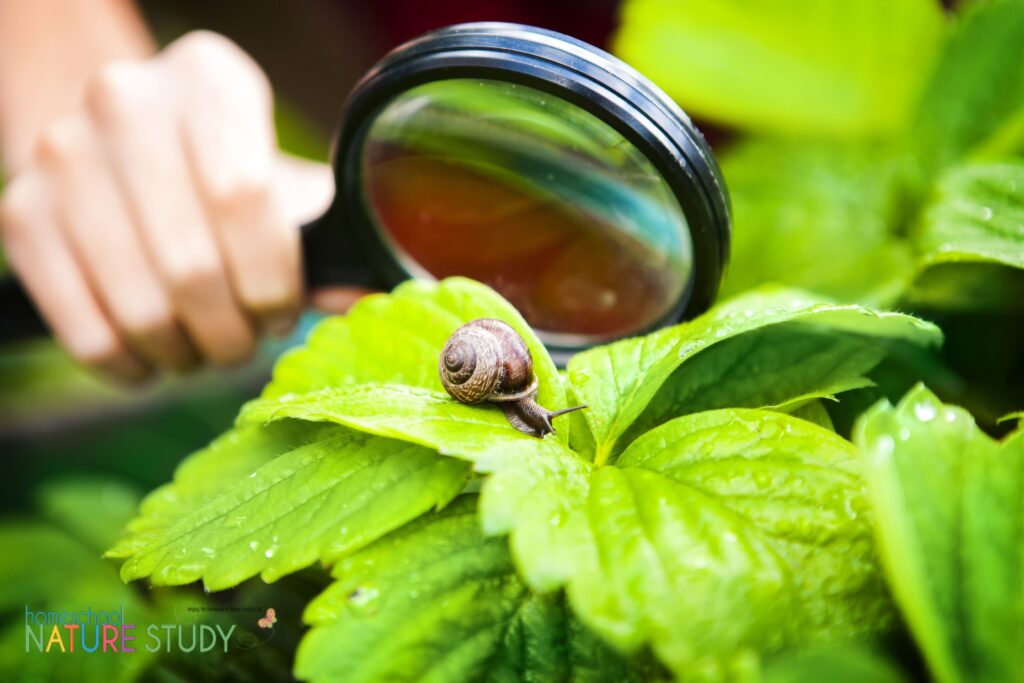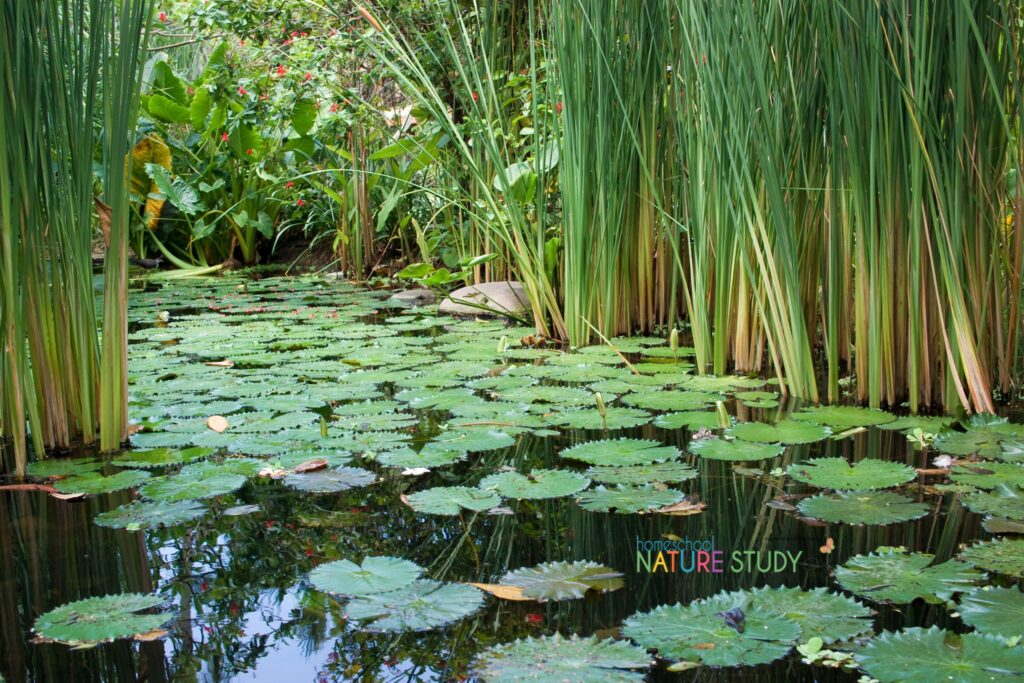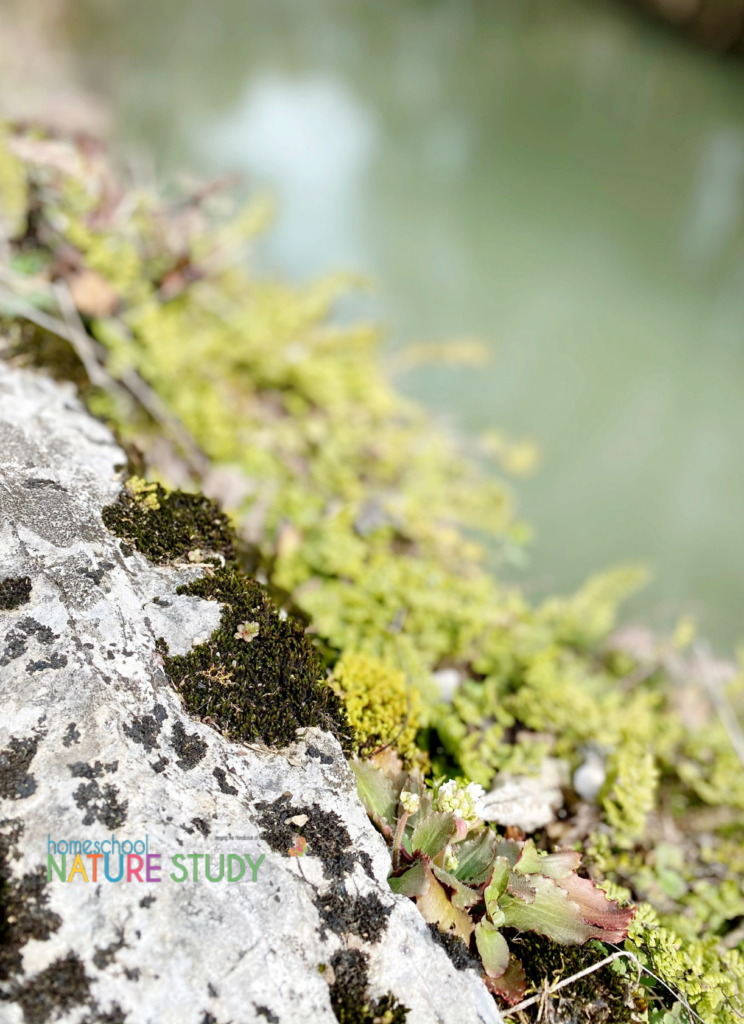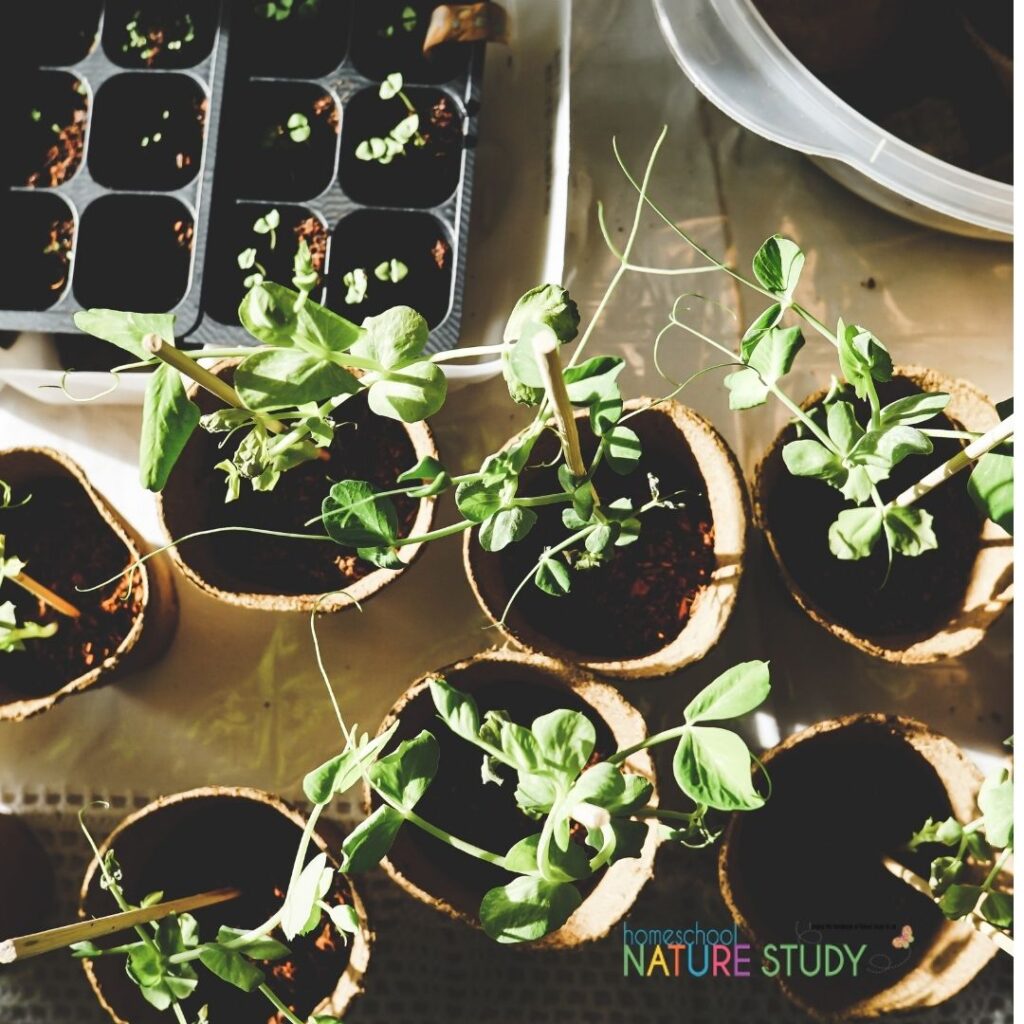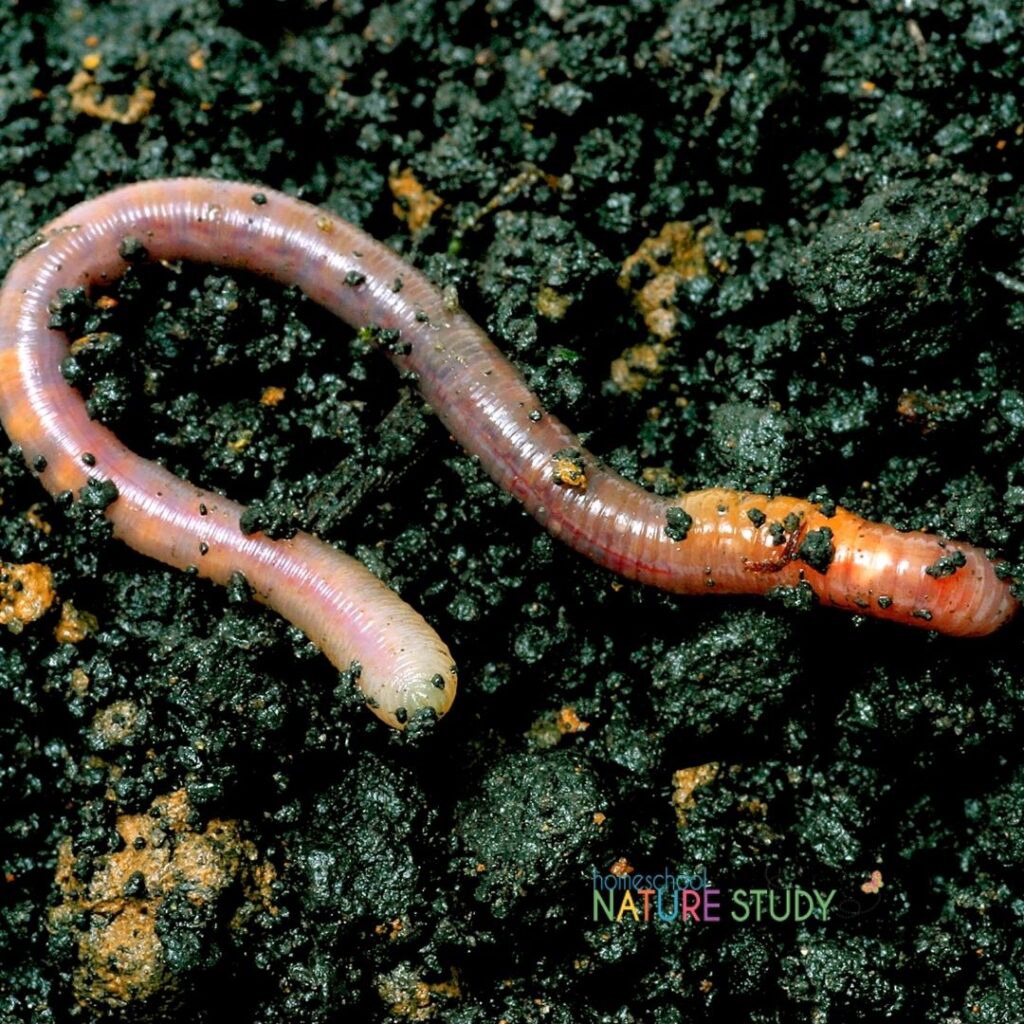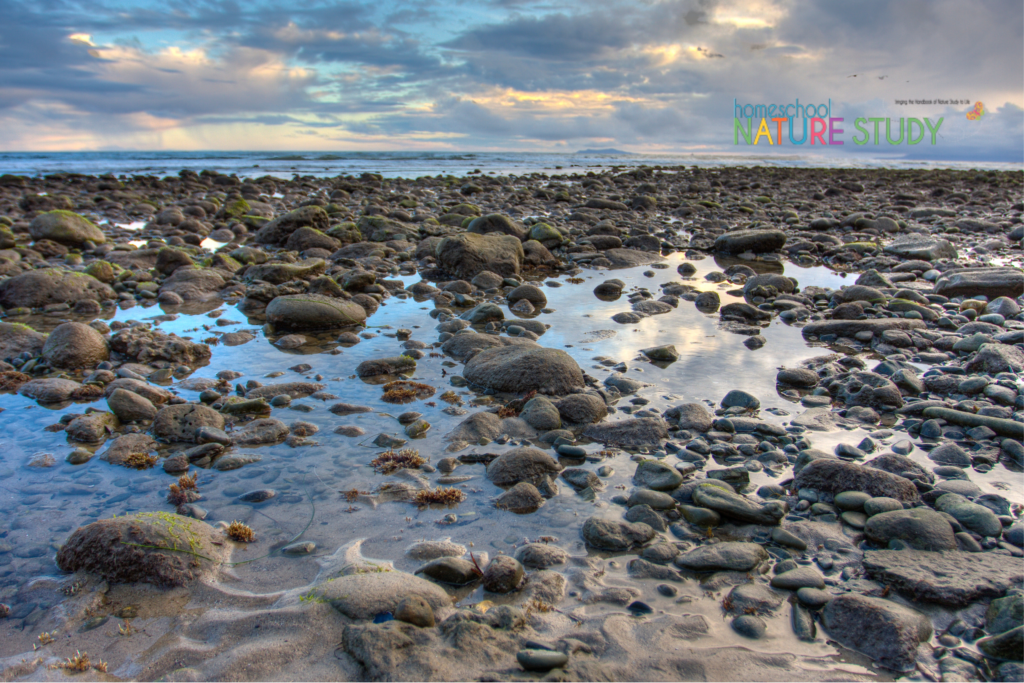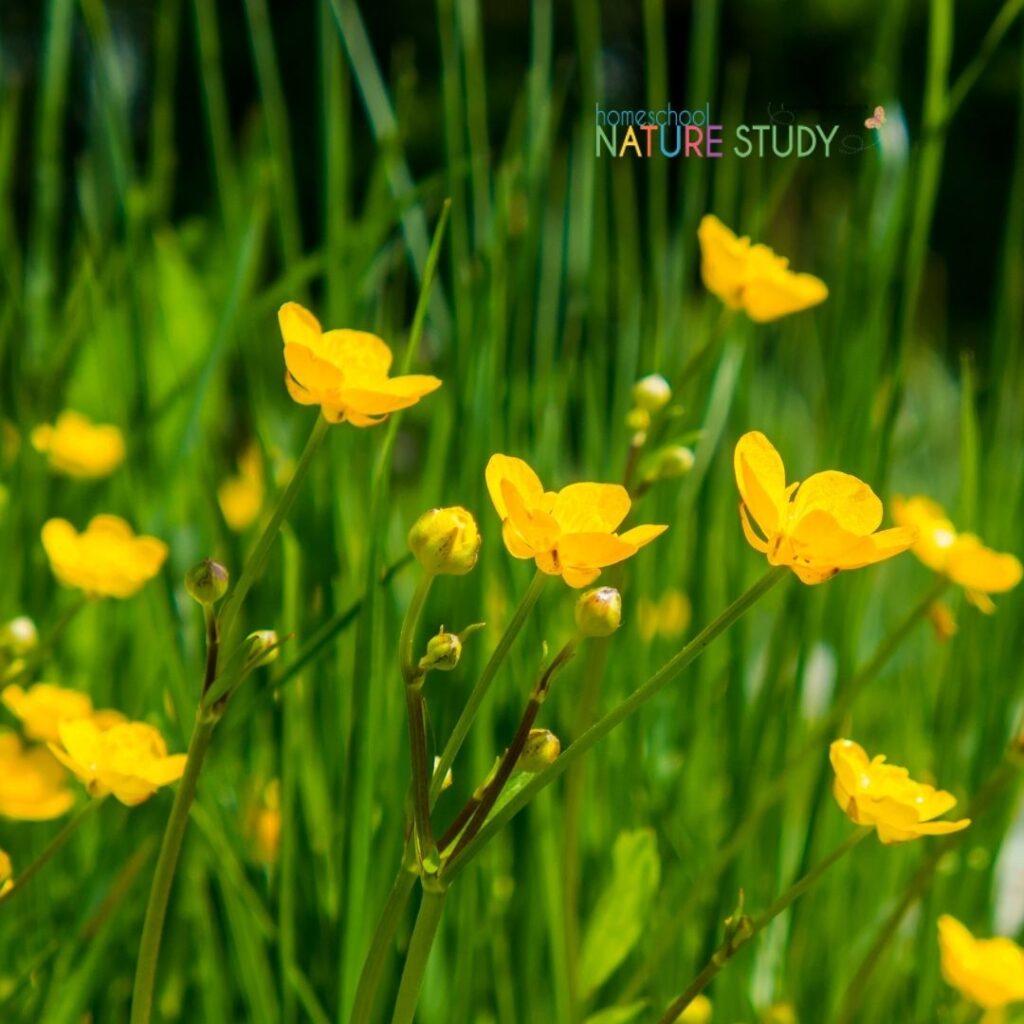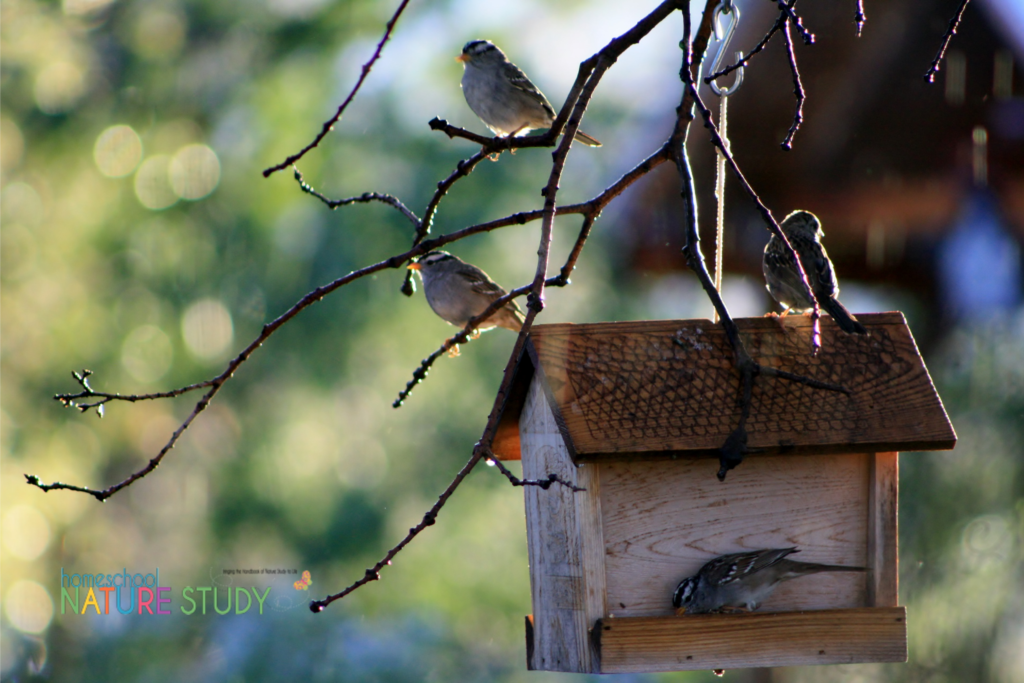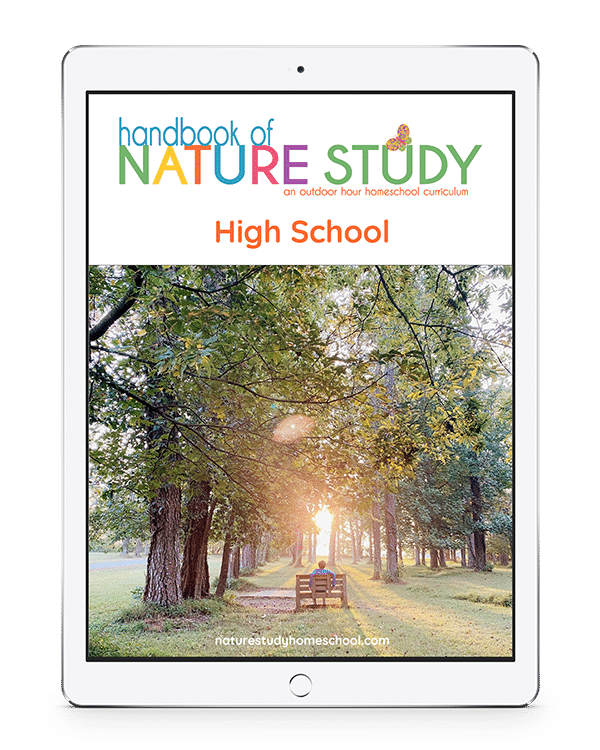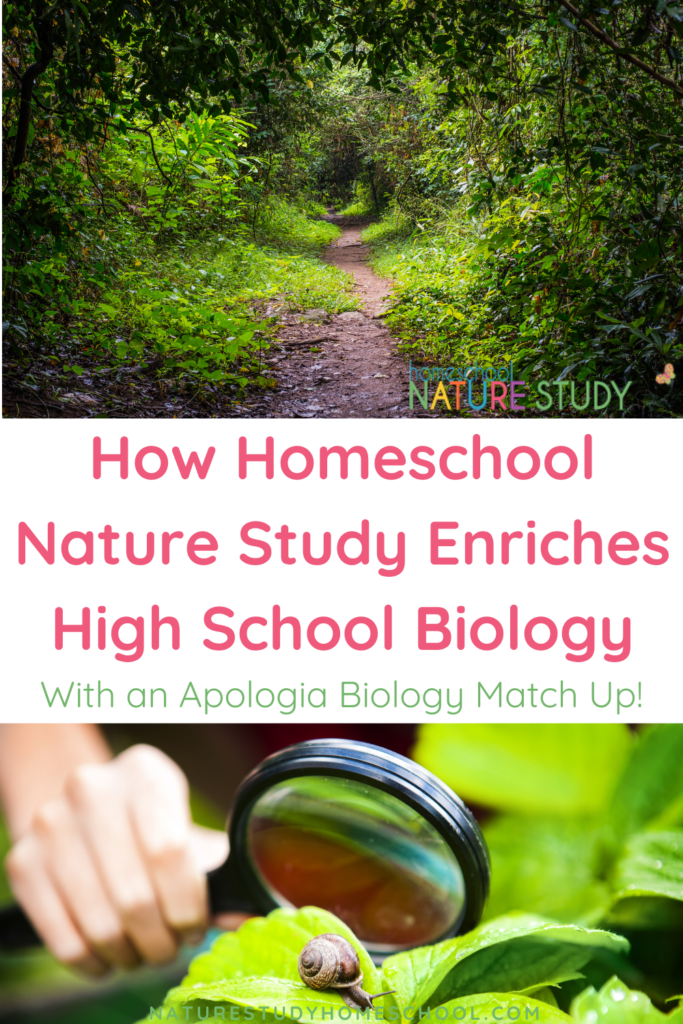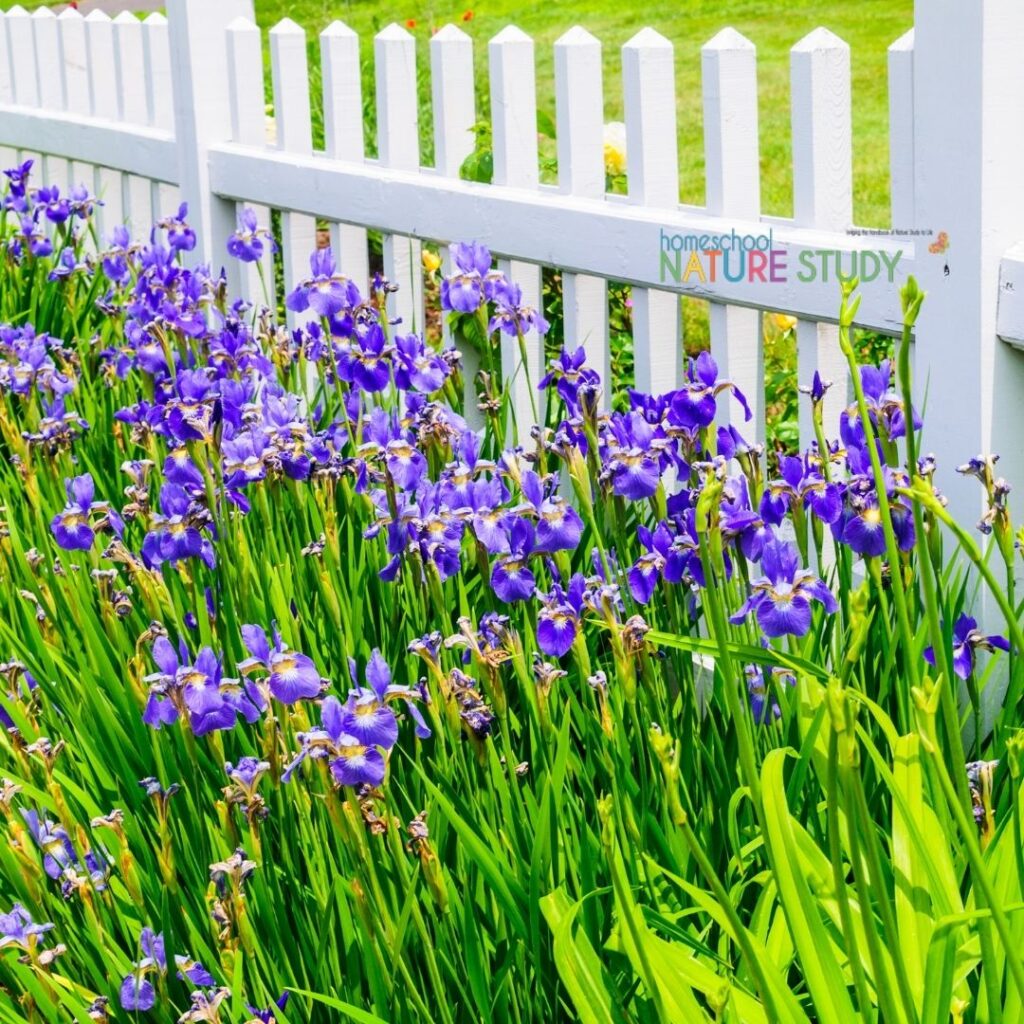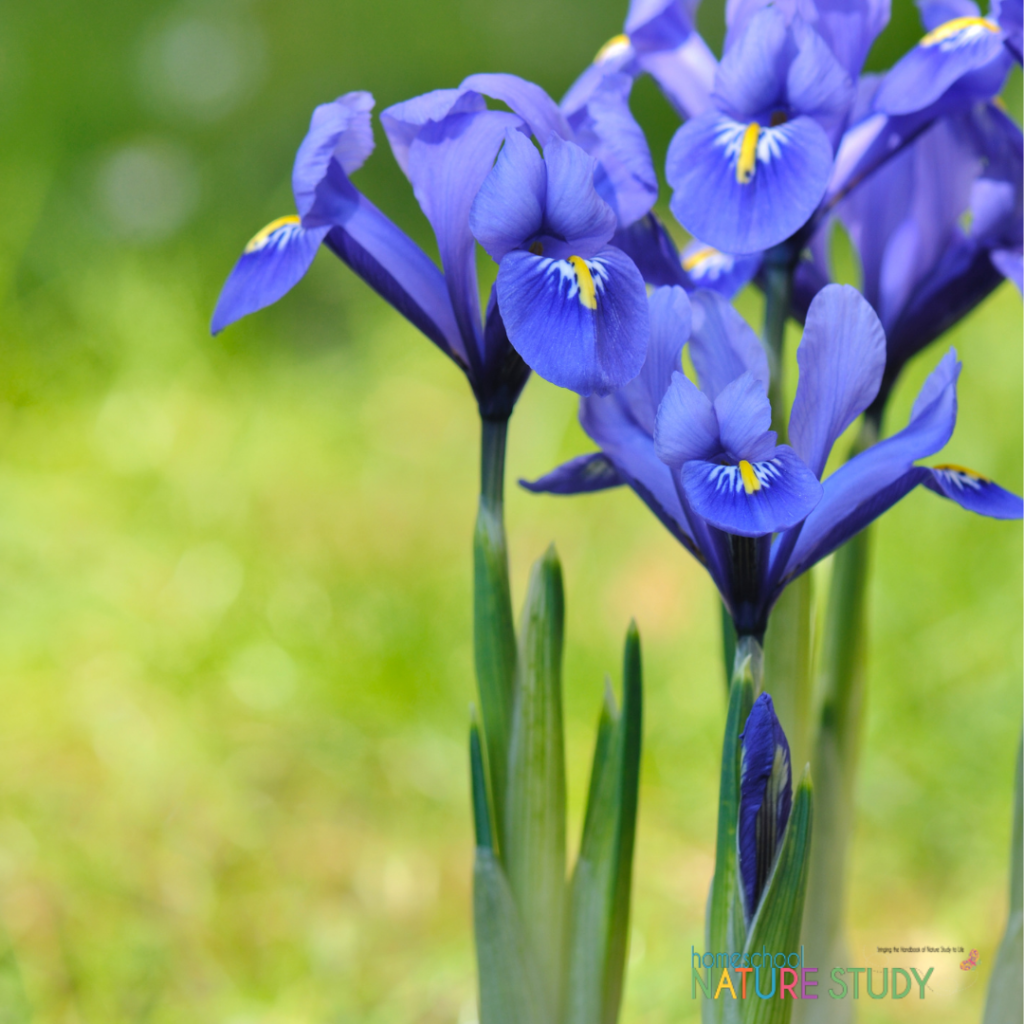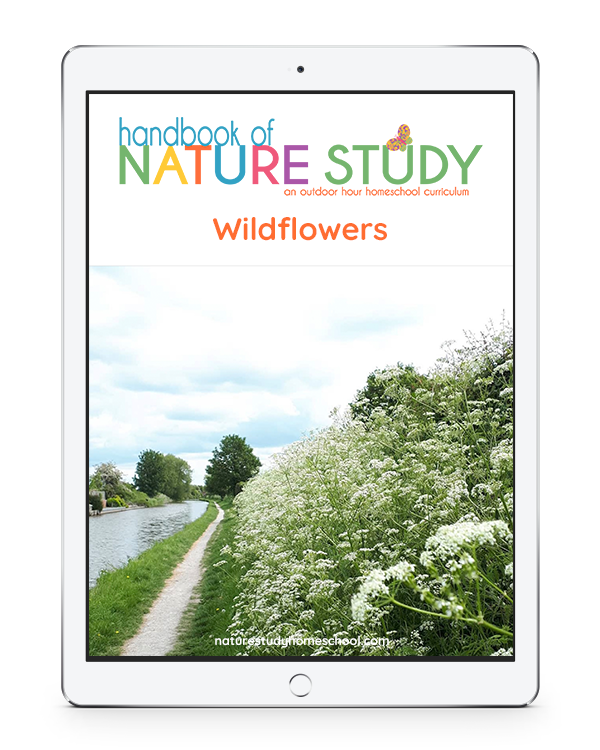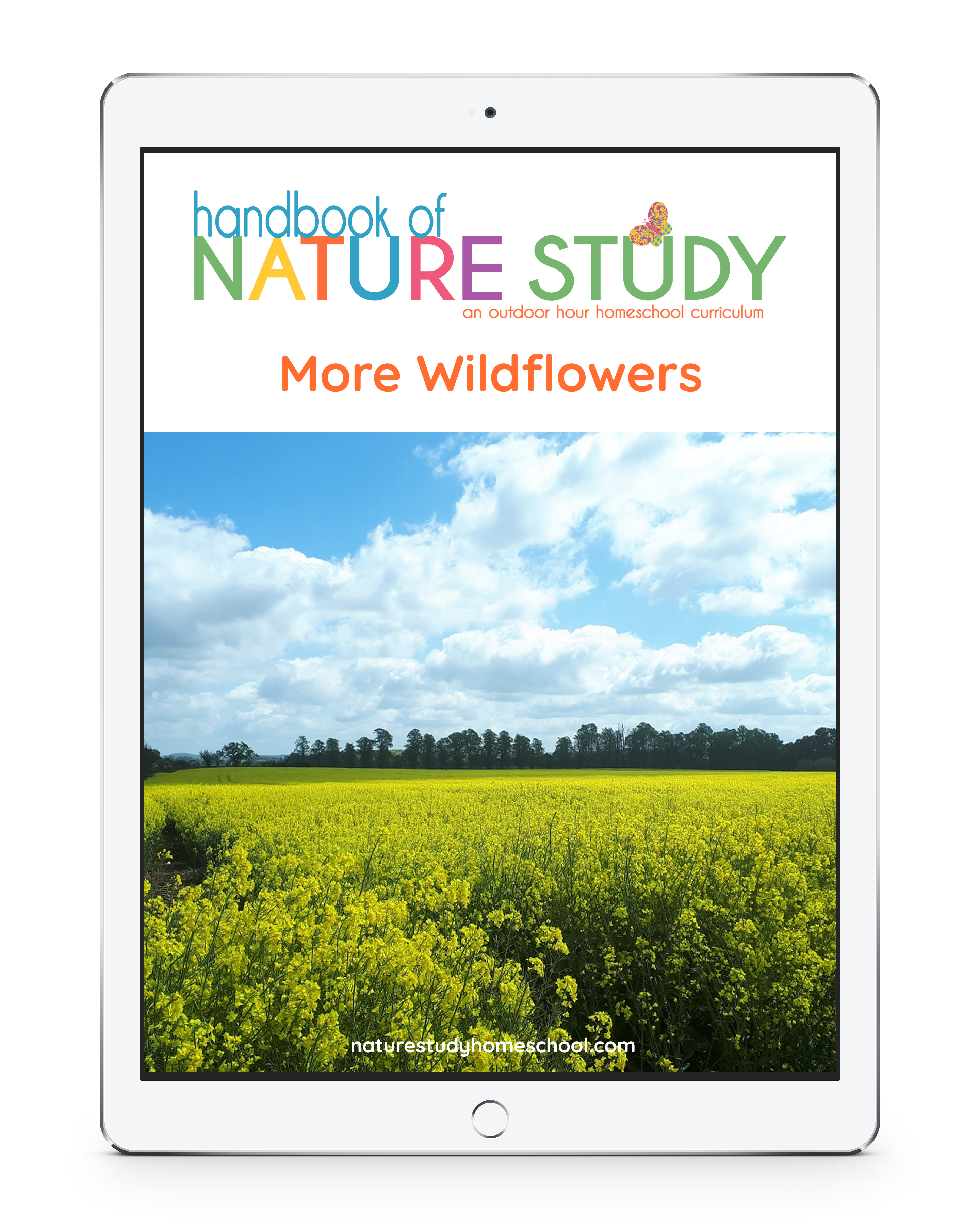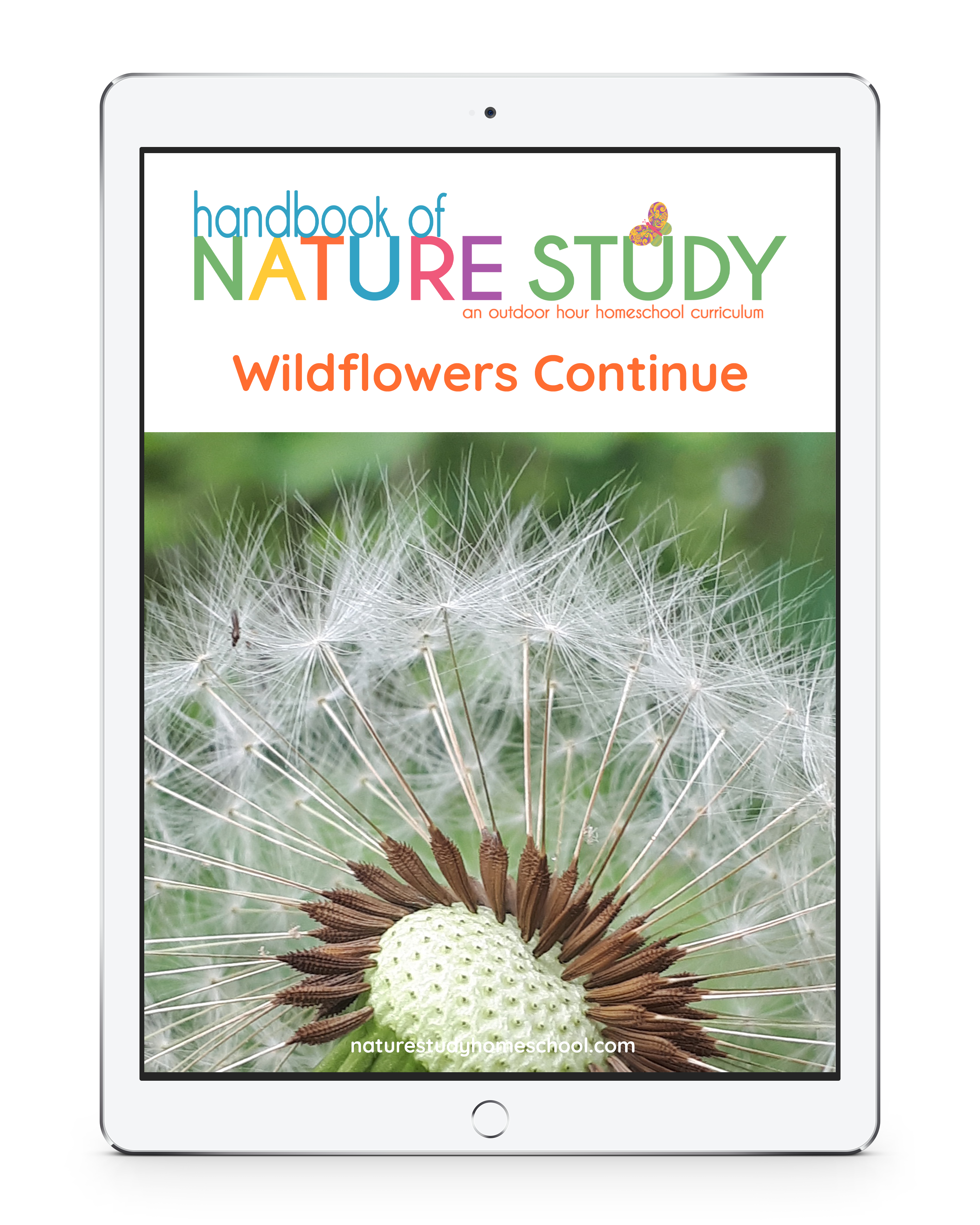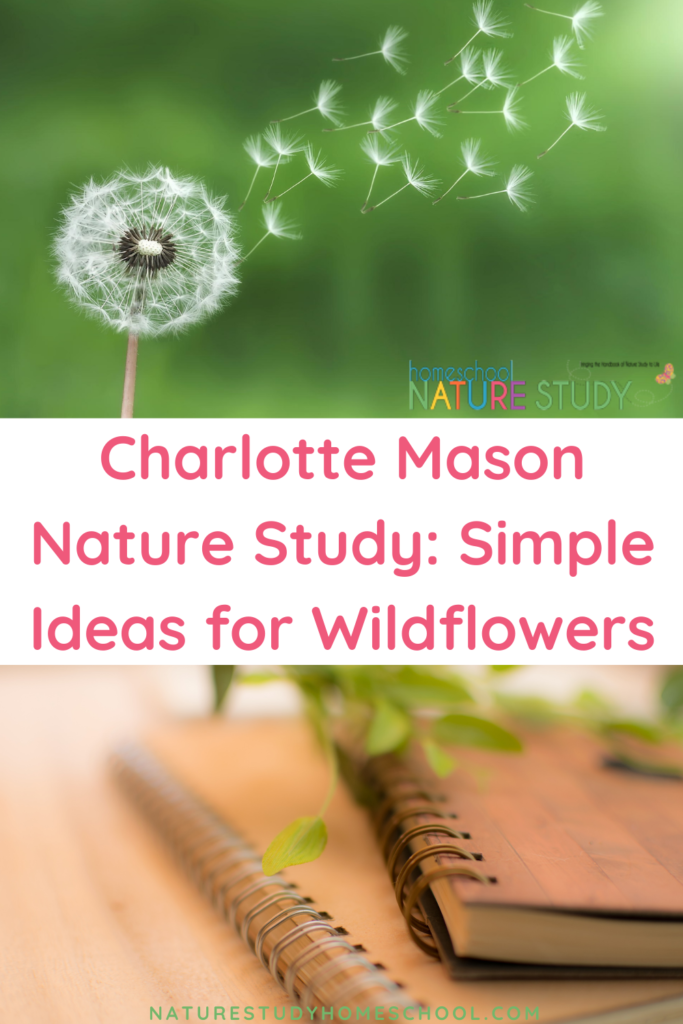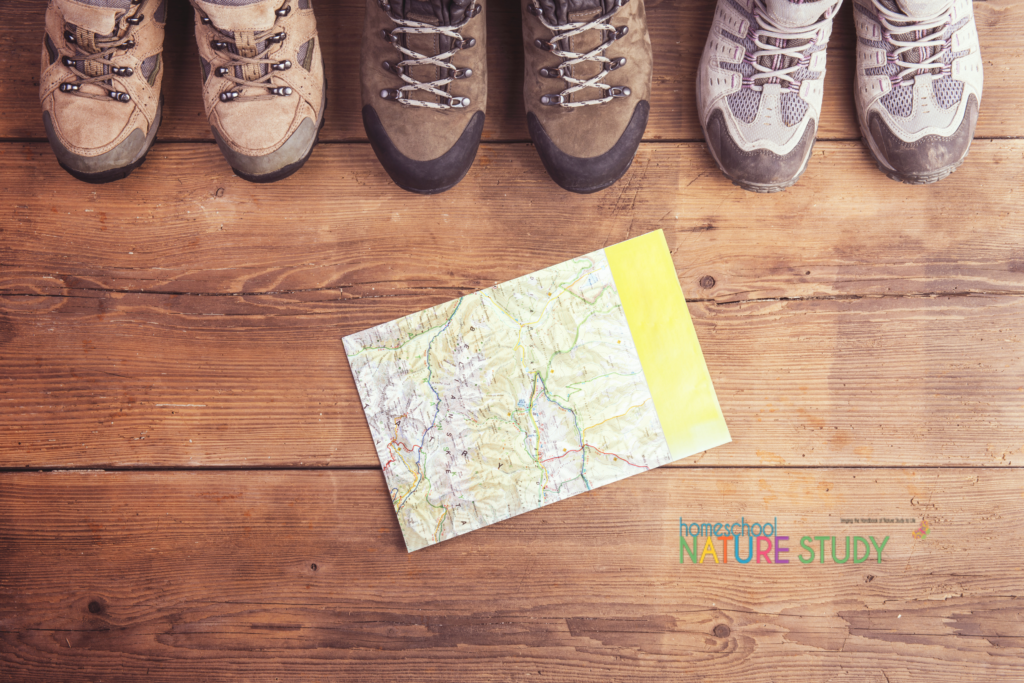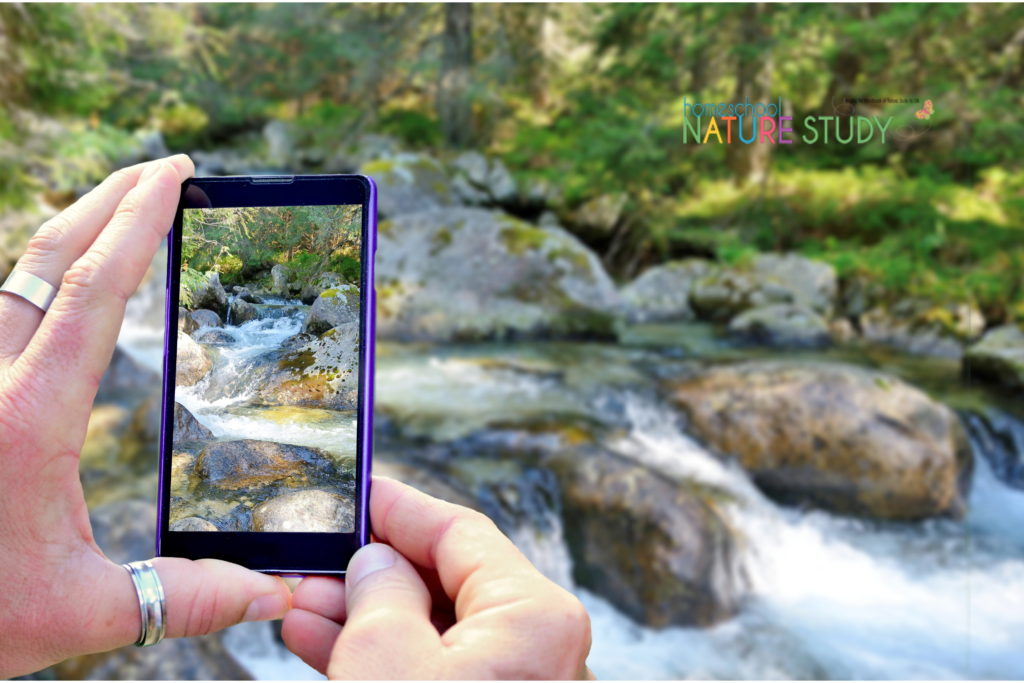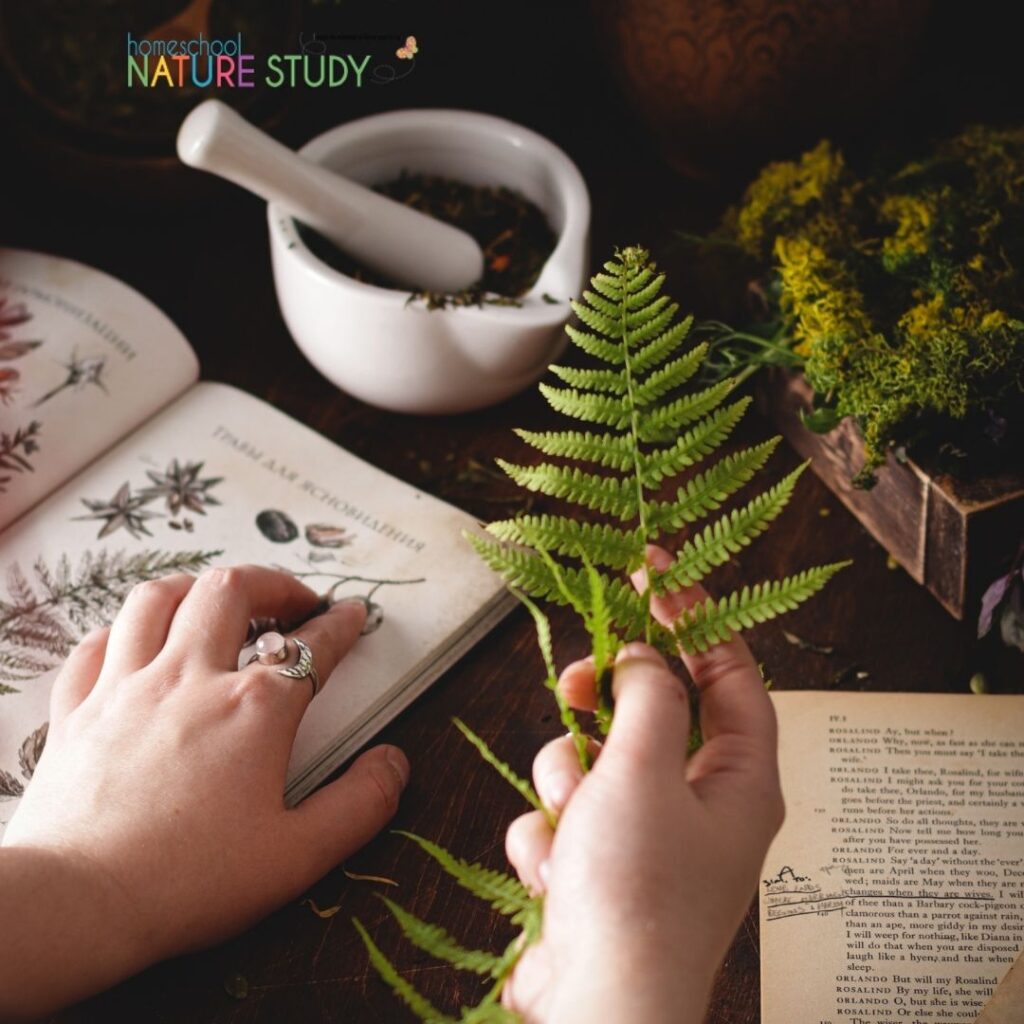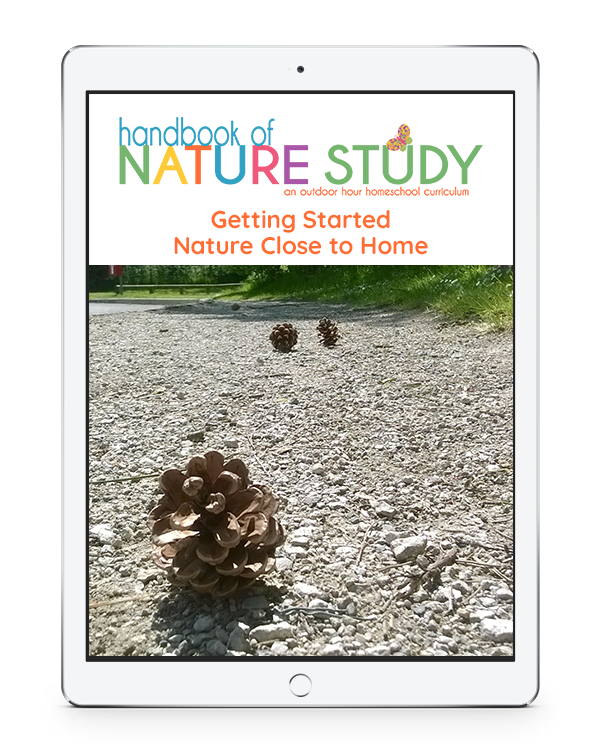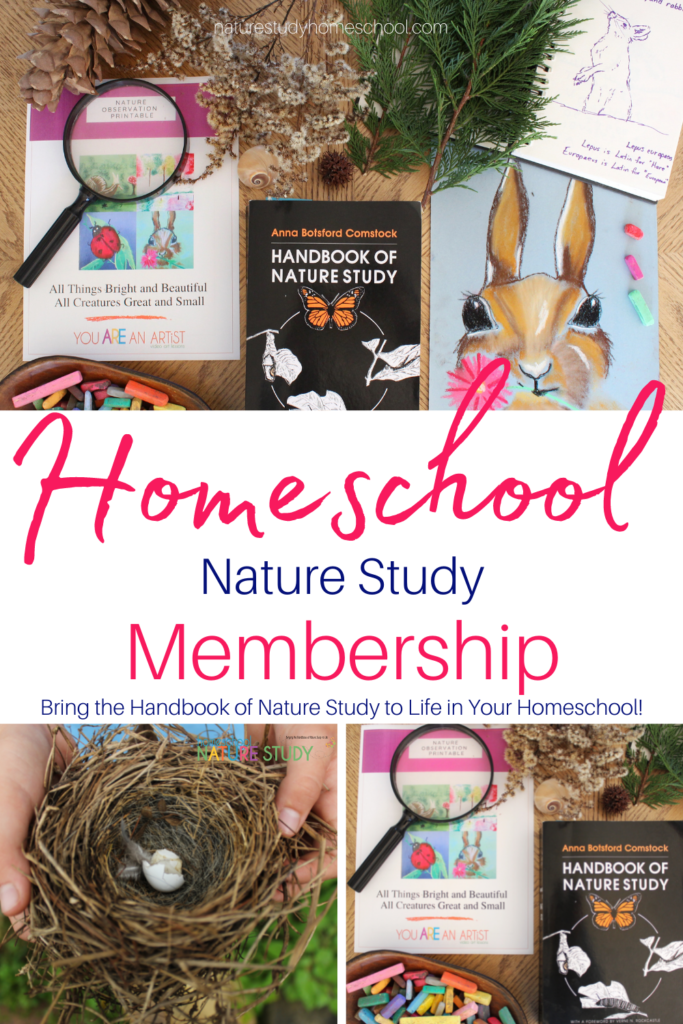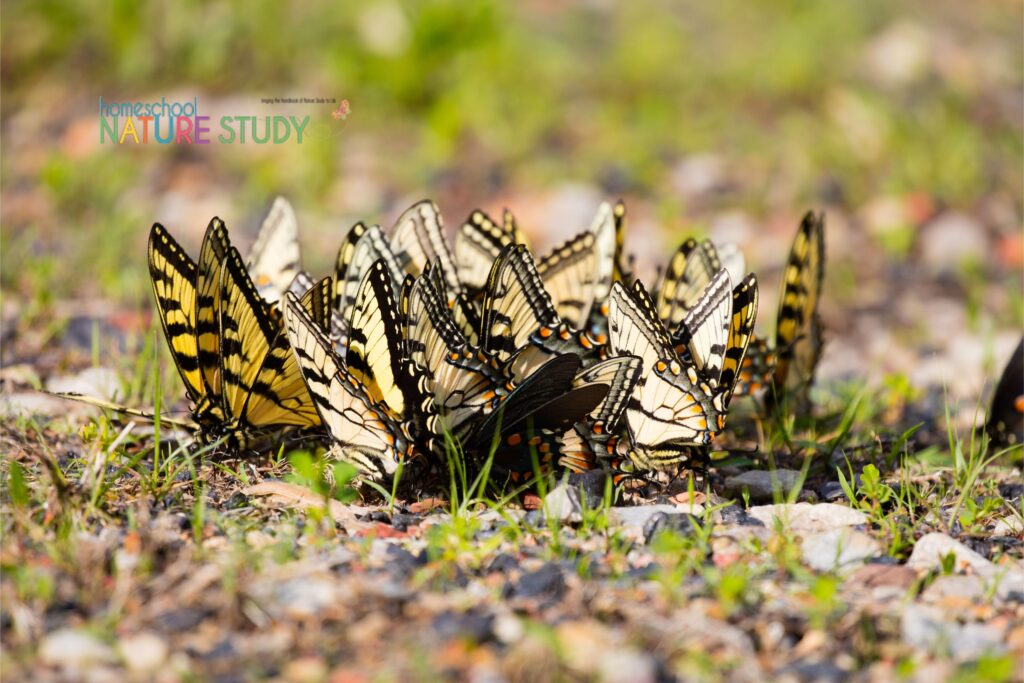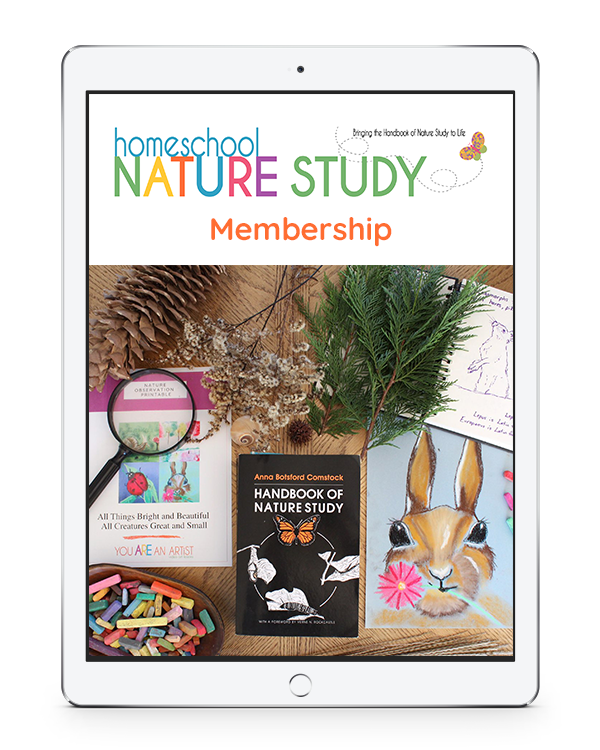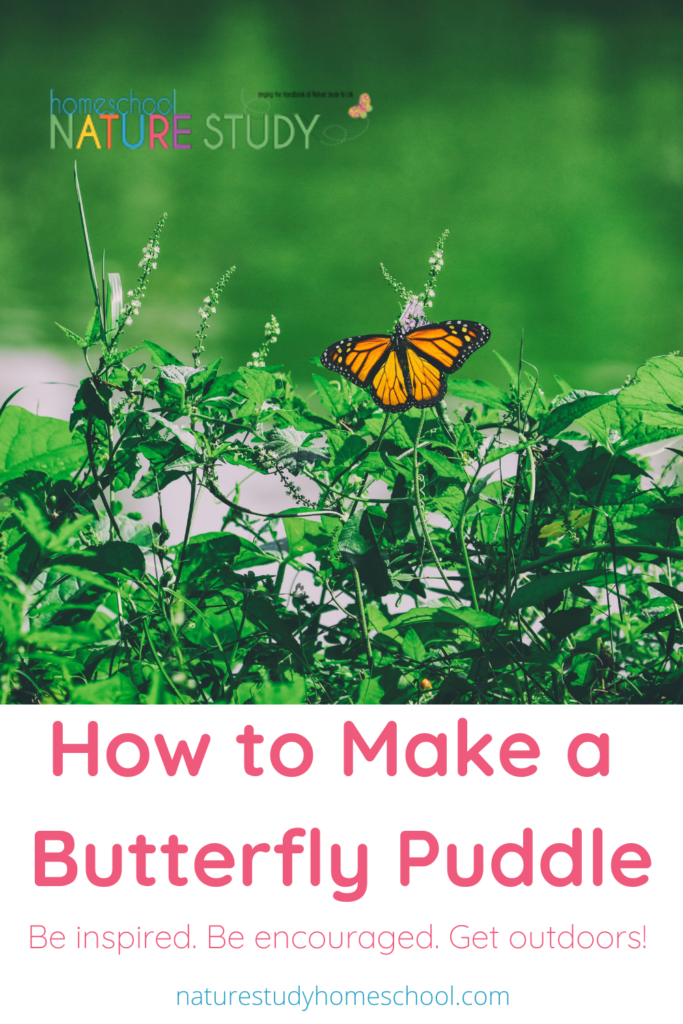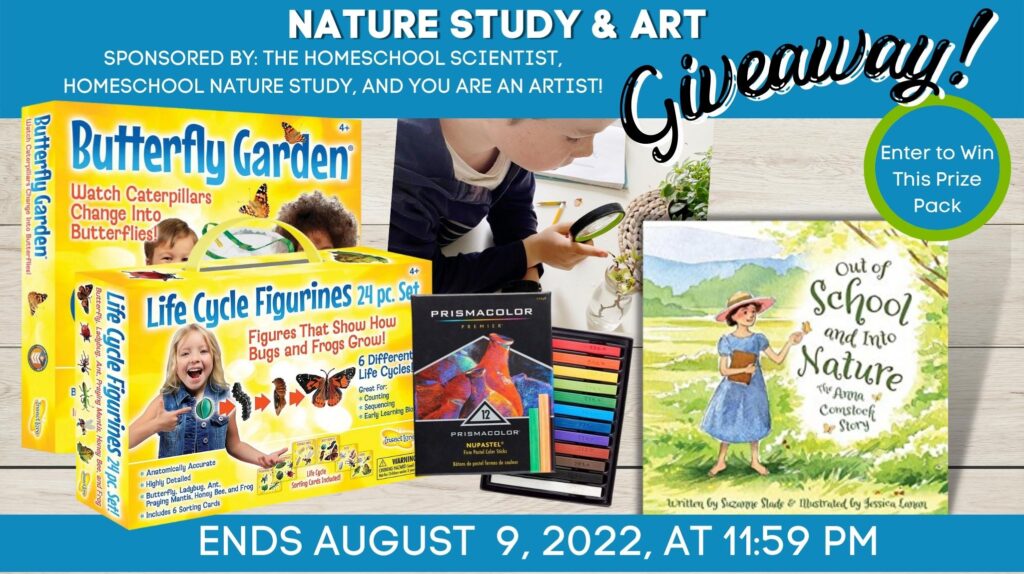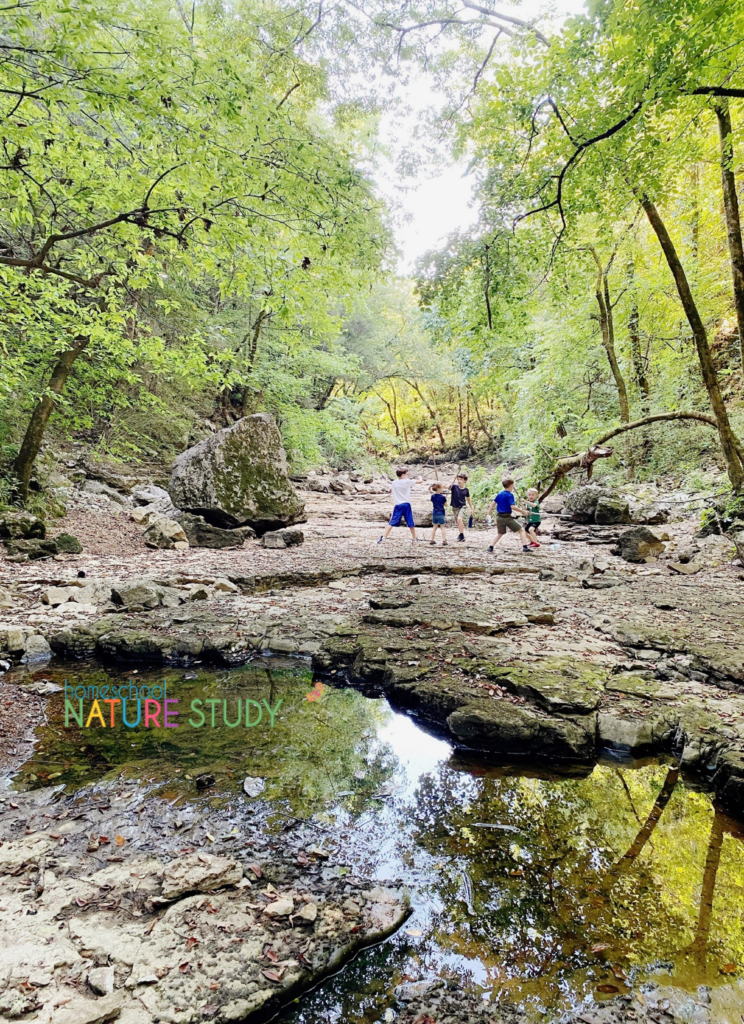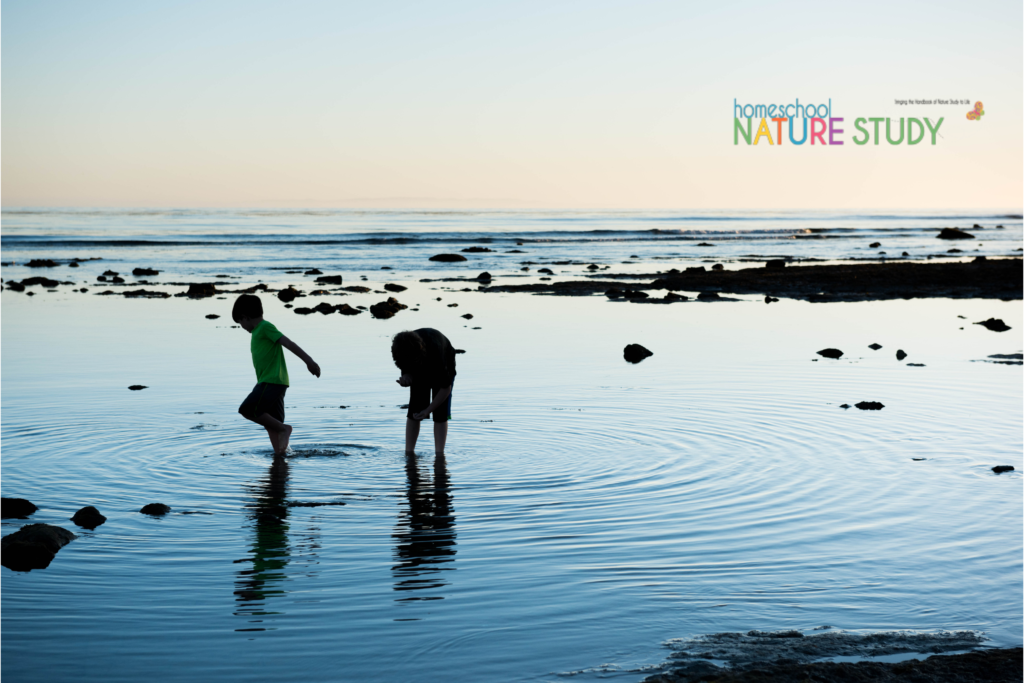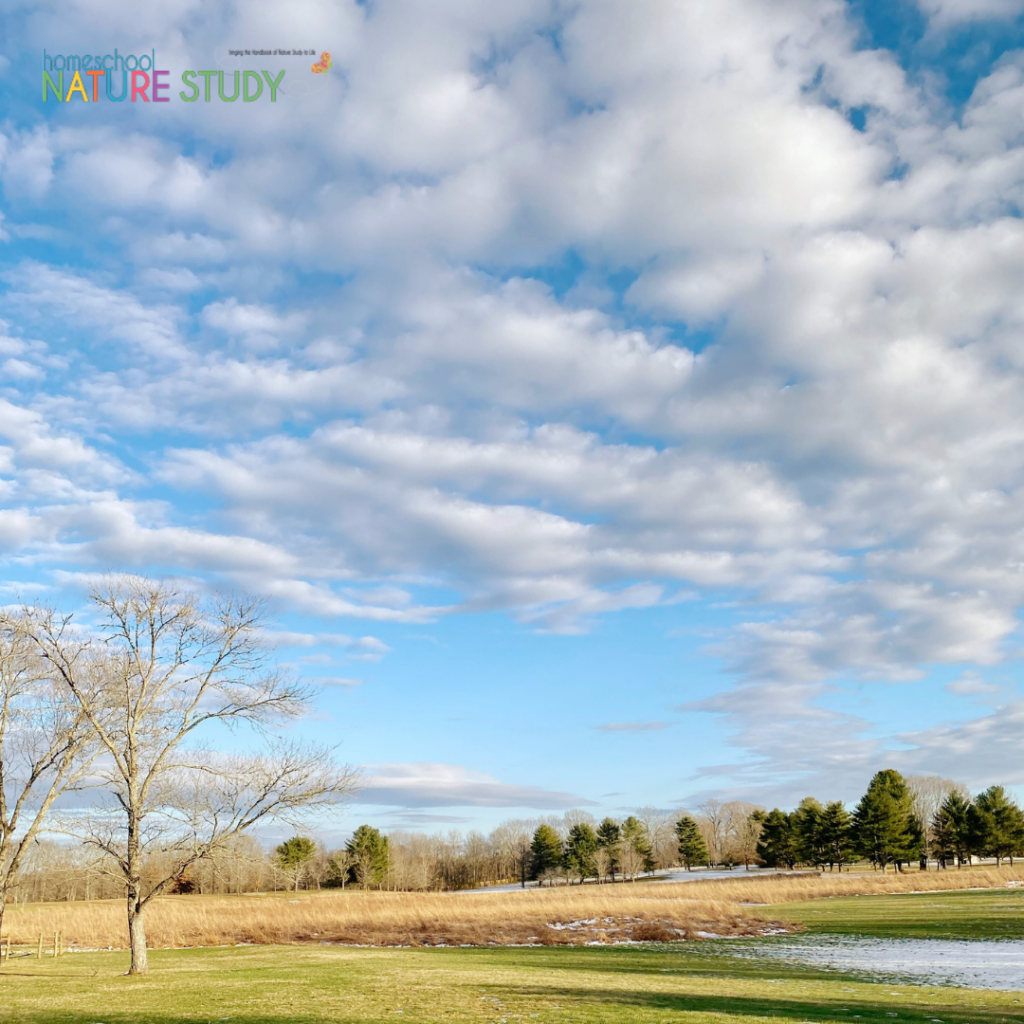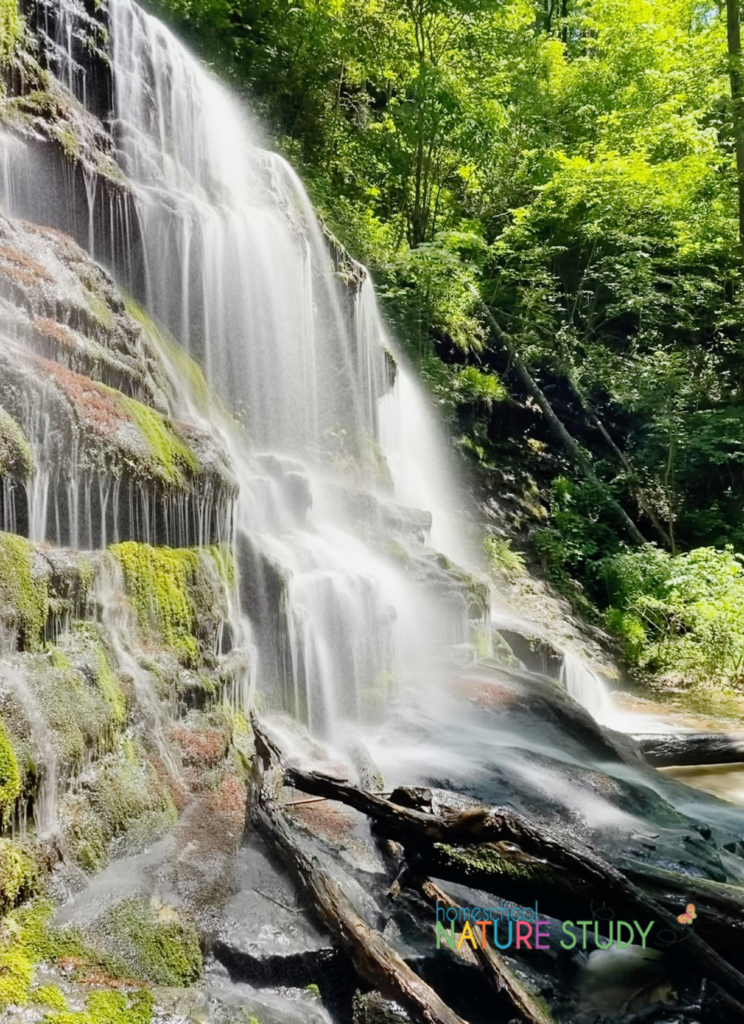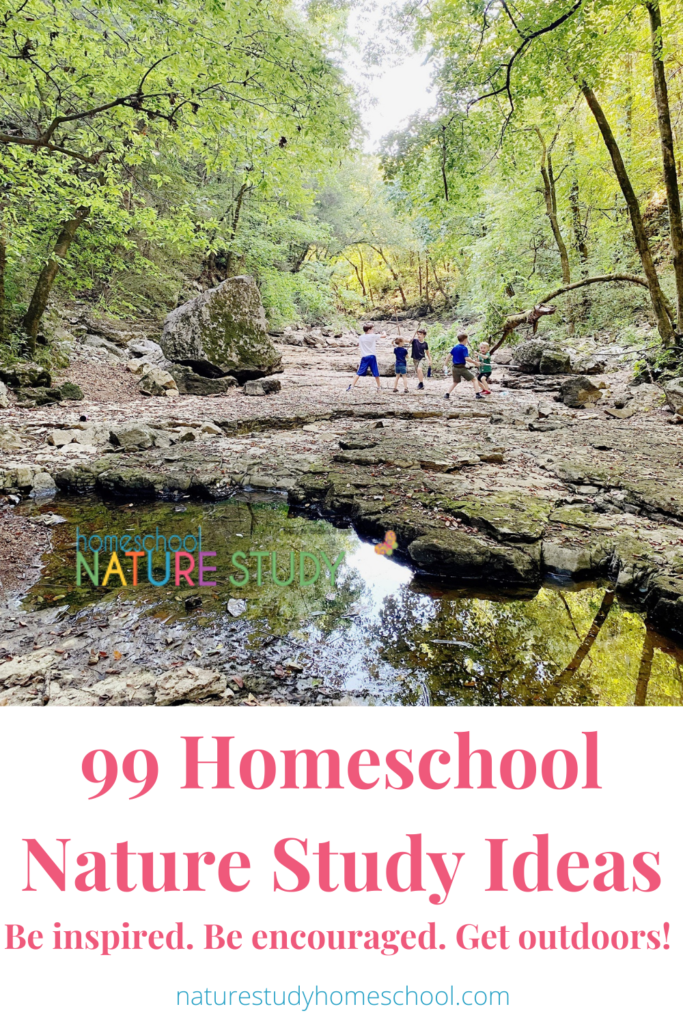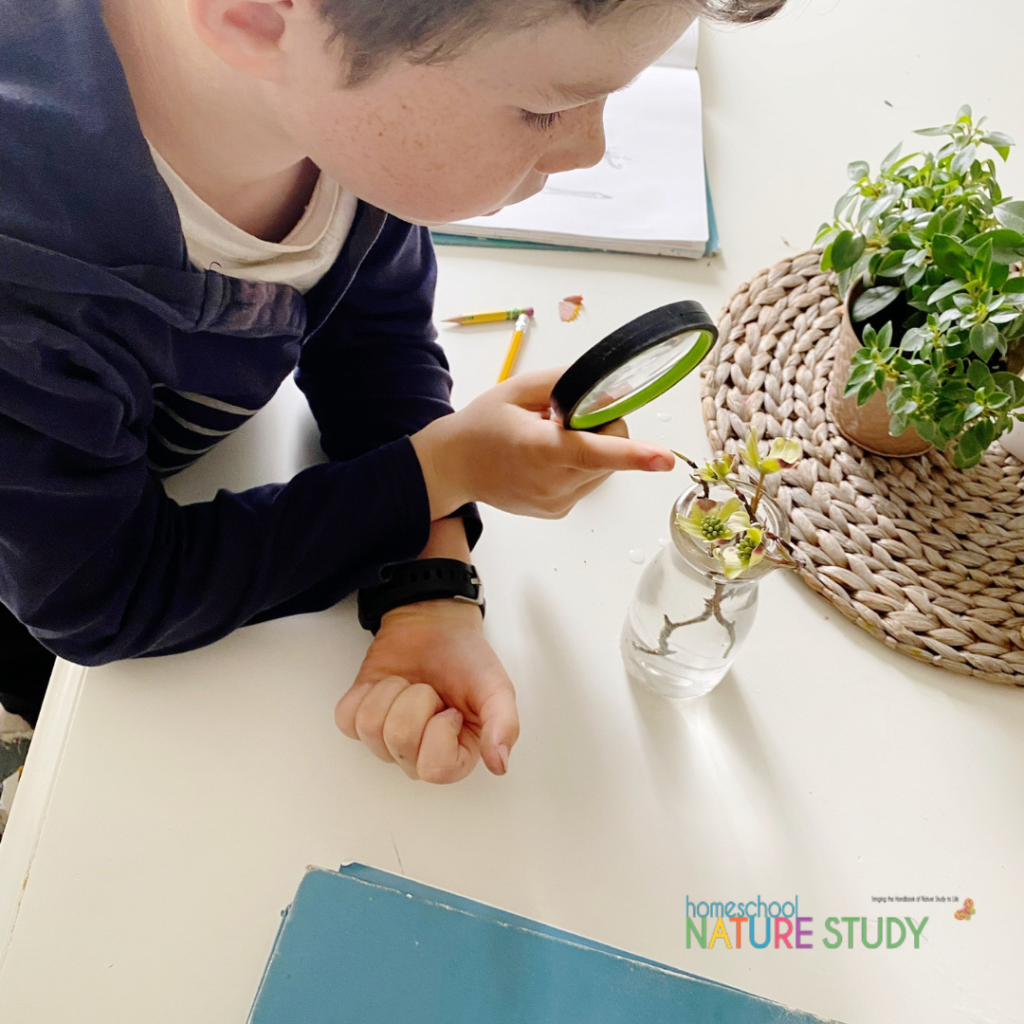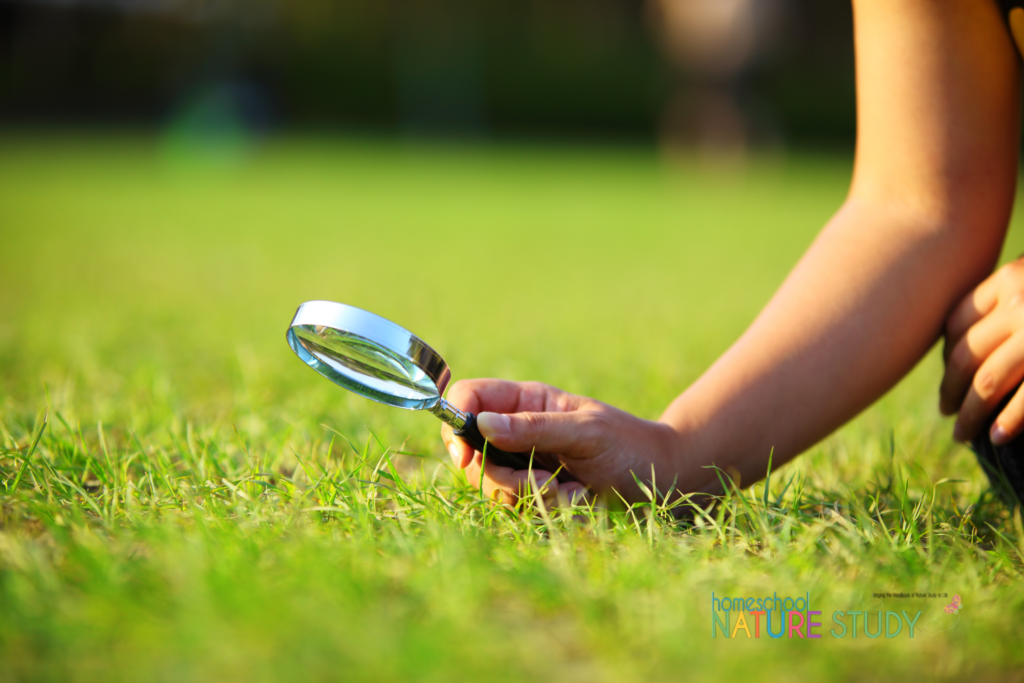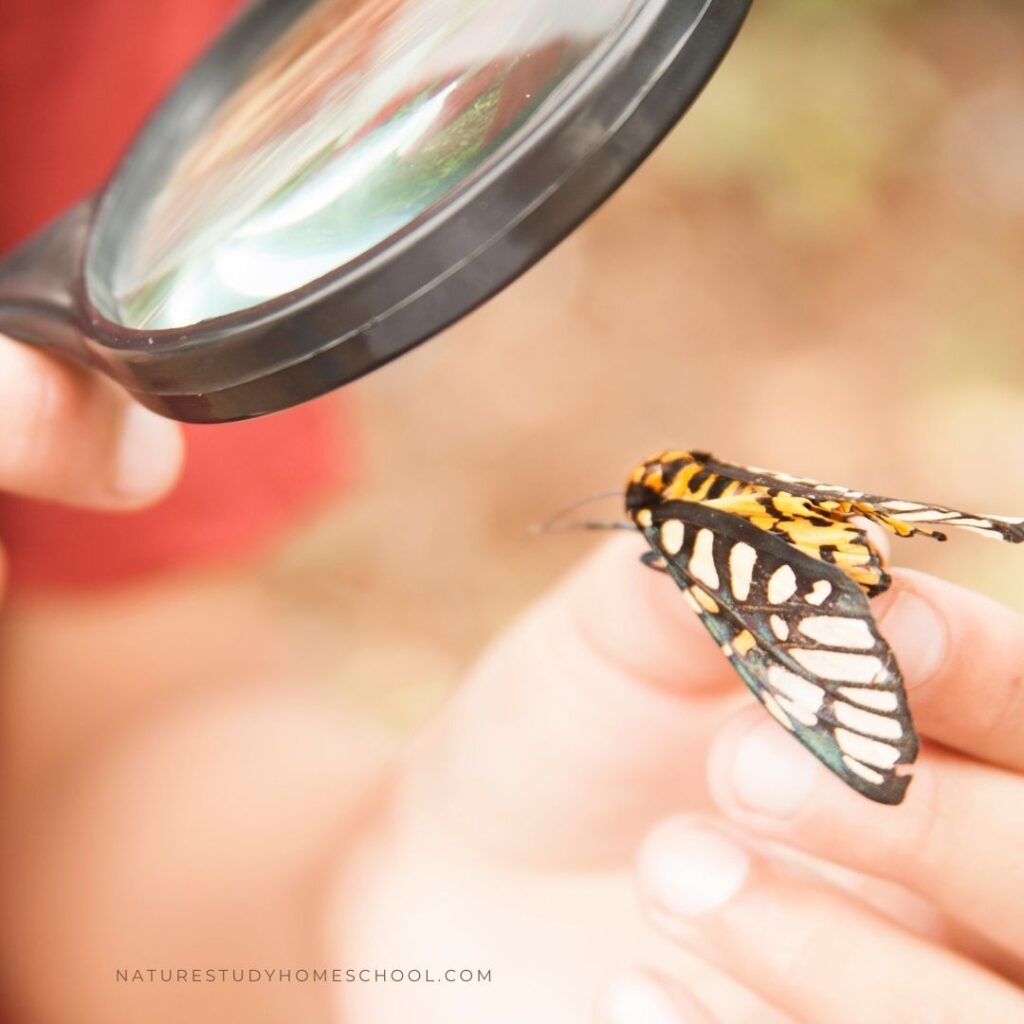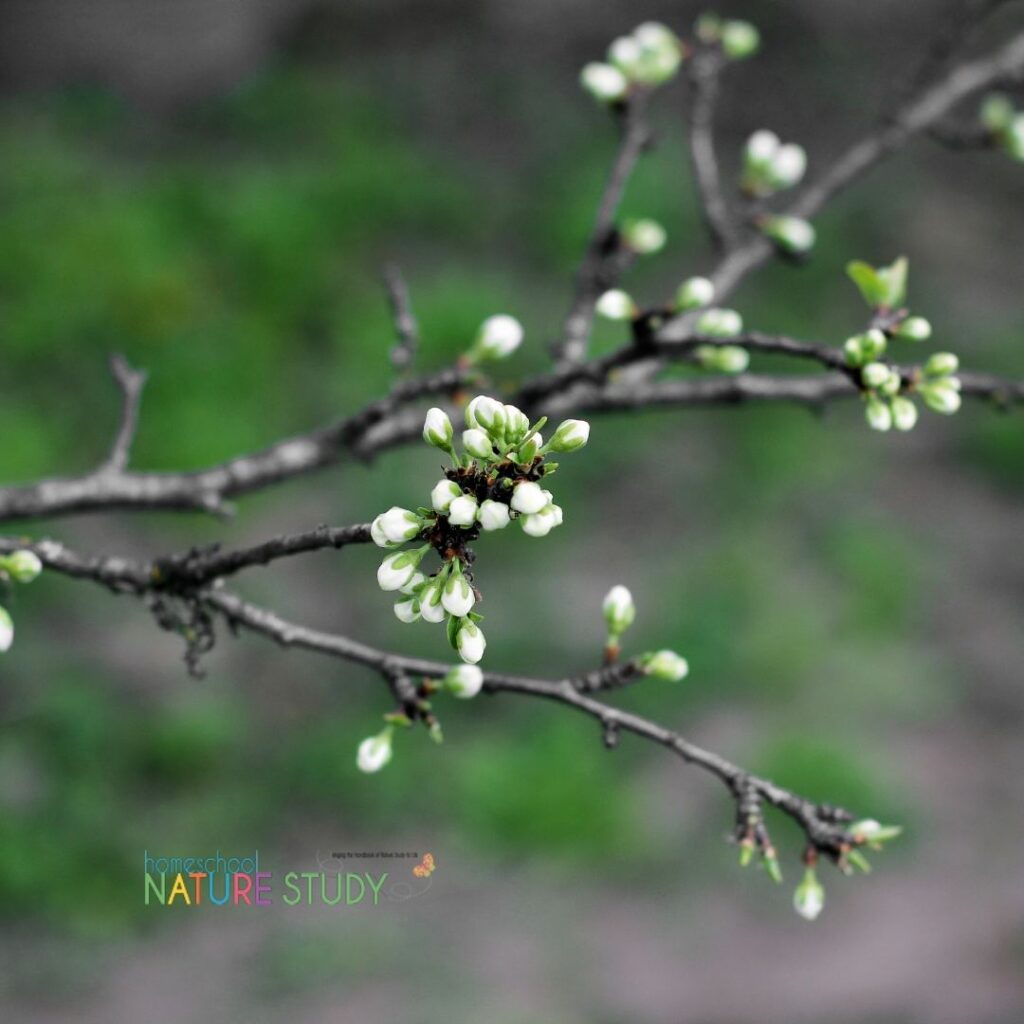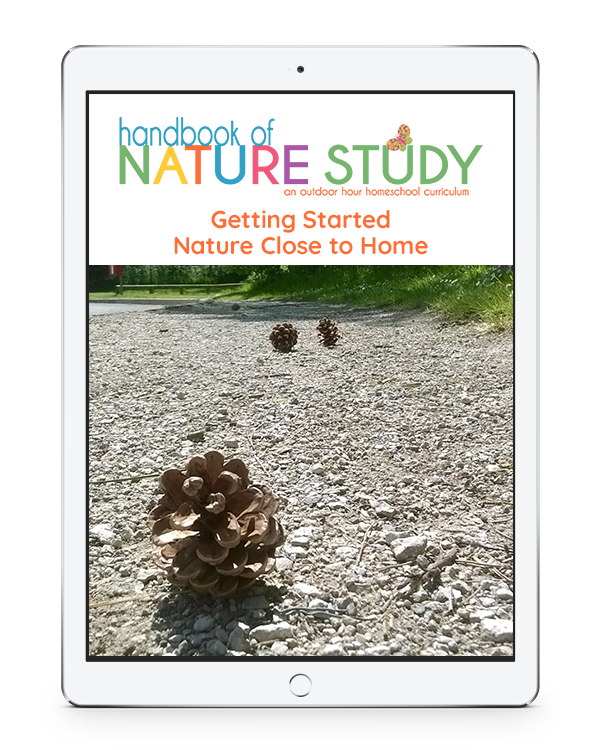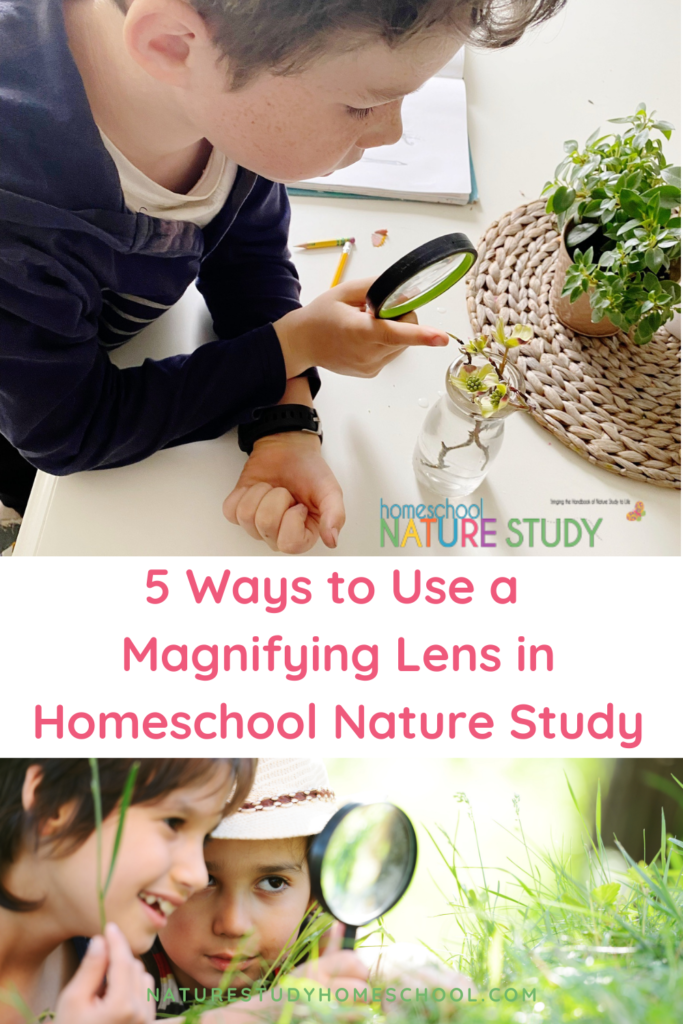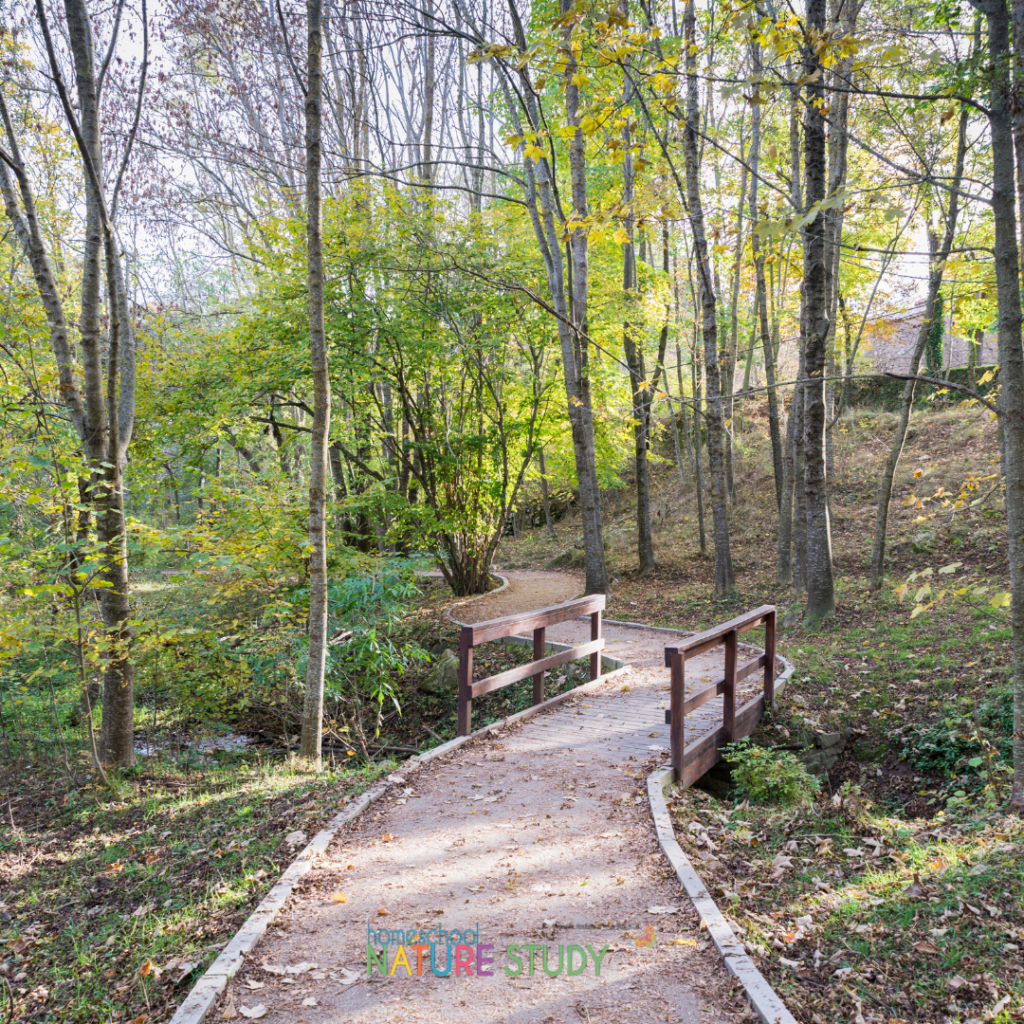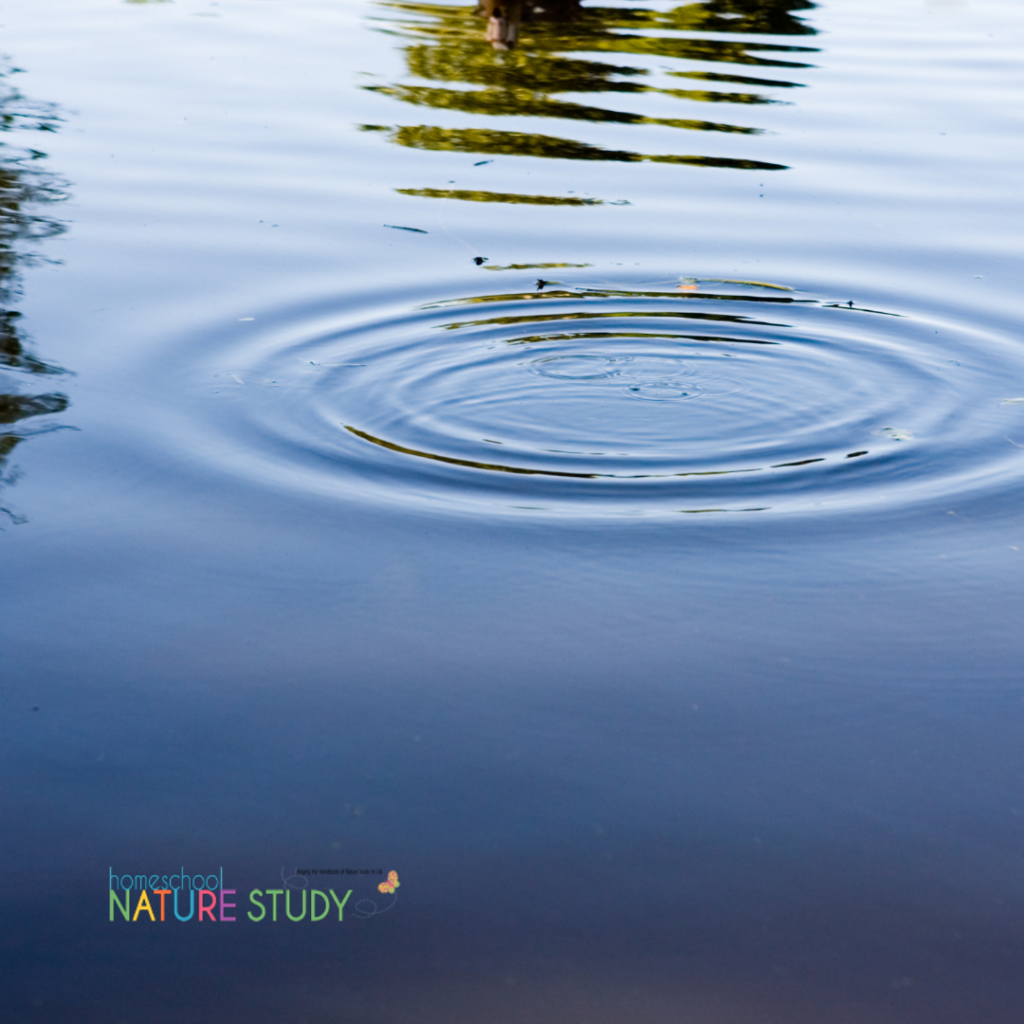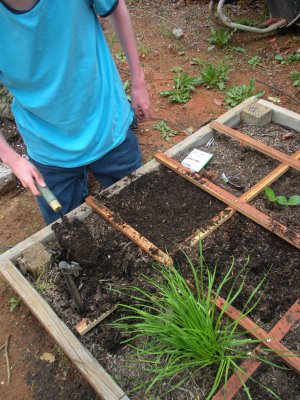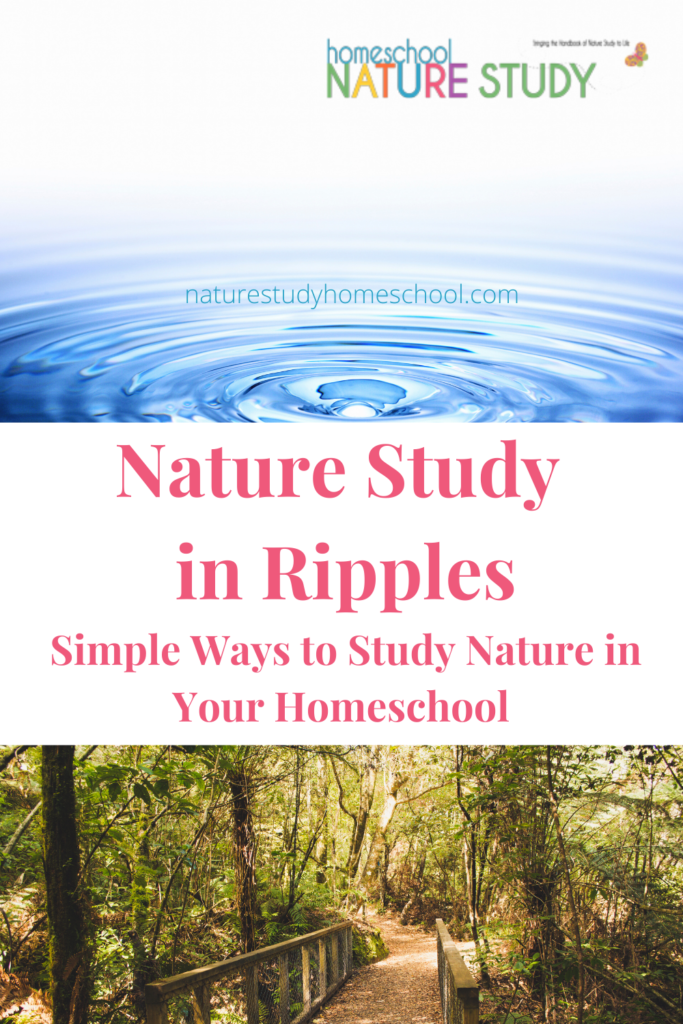Here are 5 getting started tips for nature study in your homeschool. What a delight nature study learning is and what joys you will discover outside your back door. We will help you with simple encouragement along the way.
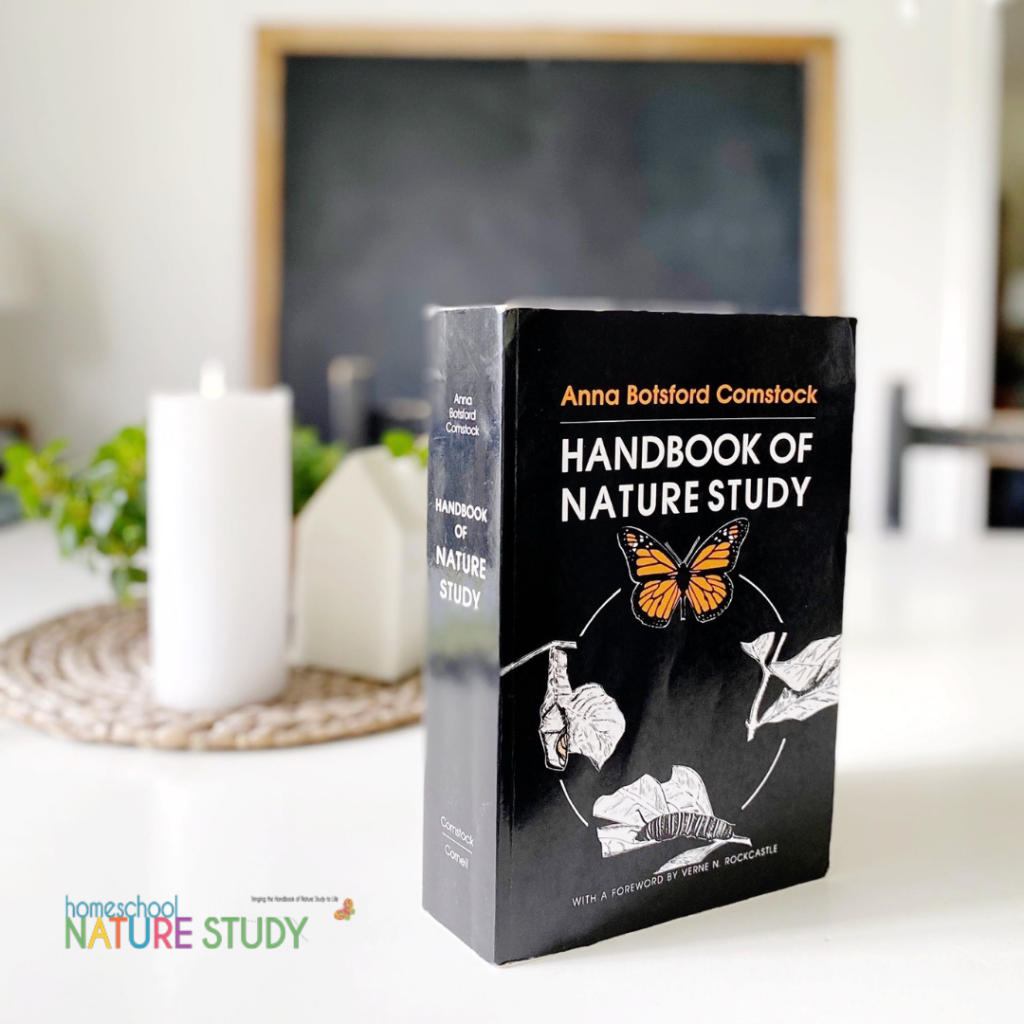
Tips From The Handbook of Nature Study
You will find some of the very best tips for nature study from Handbook of Nature Study author, Anna Comstock.
“Nature study is, despite all discussions and perversions, a study of nature; it consists of simple, truthful observations that may, like beads on a string, finally be threaded upon the understanding and thus held together as a logical and harmonious whole.”
Handbook of Nature Study, page 1
Nature study is a long term project, building from year to year. Take it one subject or topic at a time and see the results.
“During autumn the attention of the children should be attracted to the leaves by their gorgeous colors. It is well to use this interest to cultivate their knowledge of the forms of leaves of trees; but the teaching of the tree species to the young child should be done quite incidentally and guardedly. If the teacher says to the child bringing a leaf, “This is a white-oak leaf,” the child will soon quite unconsciously learn that leaf by name. Thus, tree study may be begun in the kindergarten or the primary grades.”
Handbook of Nature Study, page 622
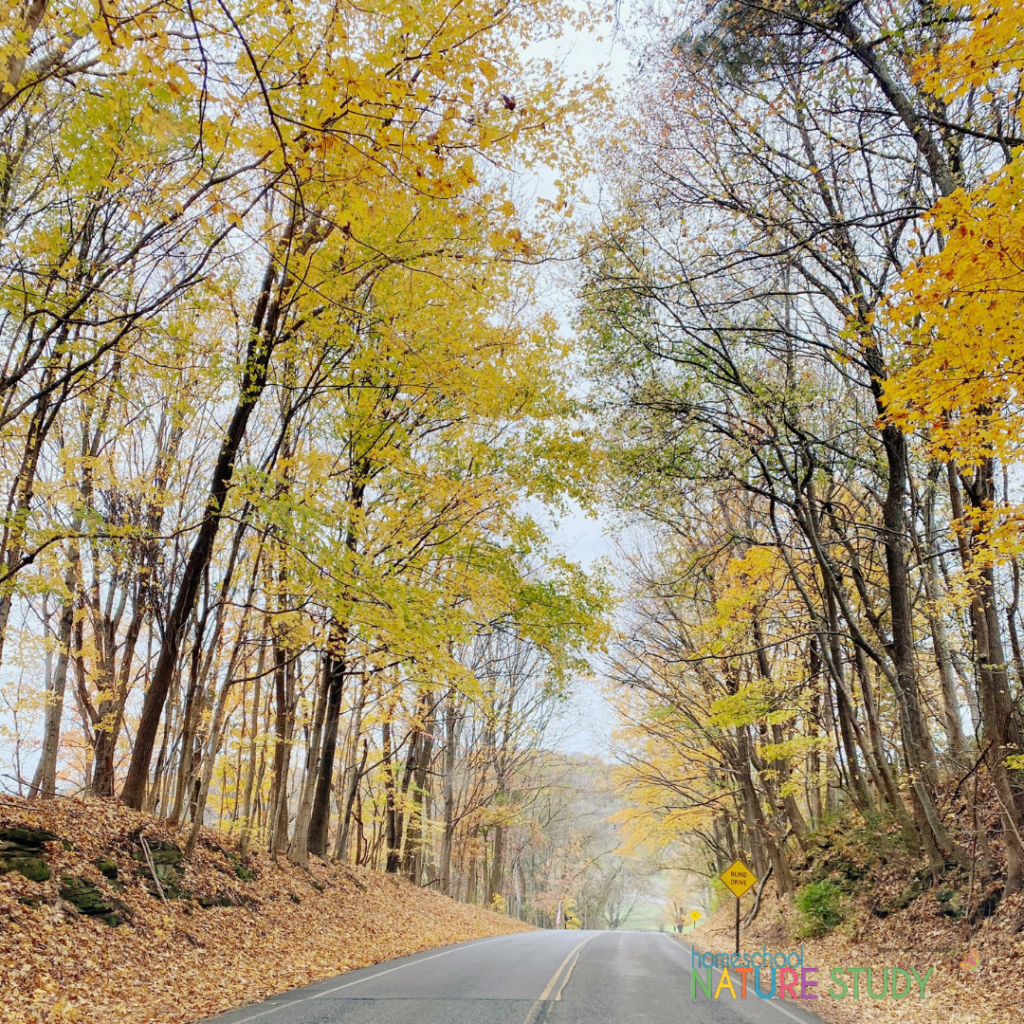
Begin slowly and naturally to share a love of things in nature with your children.
“It is a mistake to think that a half day is necessary for a field lesson, since a very efficient field trip may be made during the ten or fifteen minutes at recess, if it is well planned.”
Handbook of Nature Study, page 15
You don’t need to devote large blocks of time to nature study to be successful.
“When the child is interested in studying any object, he enjoys illustrating his observations with drawings; the happy absorption of children thus engaged is a delight to witness.”
Handbook of Nature Study, page 17
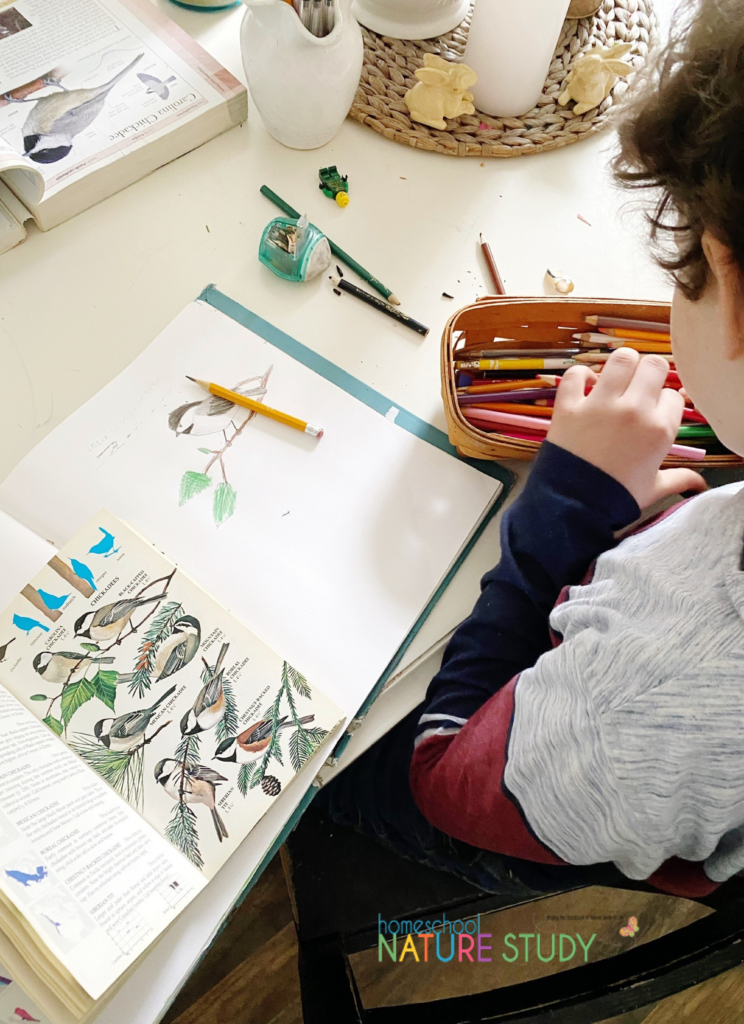
Nature journals are a natural extension of the learning that happens during nature study.
“If nature study is made a drill, its pedagogic value is lost. When it is properly taught, the child is unconscious of mental effort or that he is suffering the act of teaching. As soon as nature study becomes a task, it should be dropped; but how could it ever be a task to see that the sky is blue, or the dandelion golden, or to listen to the oriole in the elm!”
Handbook of Nature Study page 6

Nature study should be something that doesn’t seem like work. Allow the child to soak in the nature study opportunities that come your way.
More Favorite Tips for Encouragement
- How to Naturally Share Nature Study With Your Children
- Creating a Nature Study Atmosphere in Your Homeschool
- Nature Study in Ripples: Simple Ways to Study Nature
You will find our FREE Getting Started Outdoor Hour Challenges Guide HERE.
You can use the ideas in those challenges to get started with a simple nature study time with your children. You can use each challenge as many times as you want. Make sure to subscribe to this blog for more tips for nature study.
To get each Friday’s homeschool nature study Outdoor Hour Challenge and for access to a continuing series of new nature studies, join us in Homeschool Nature Study Membership. With homeschool nature study membership, you will have everything you need to bring the Handbook of Nature Study to life in your homeschool.
With membership, you will have access to Outdoor Hour Challenges curriculum and resources to enrich your homeschool.
Be inspired! Be encouraged! Get outdoors!
